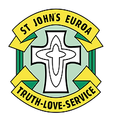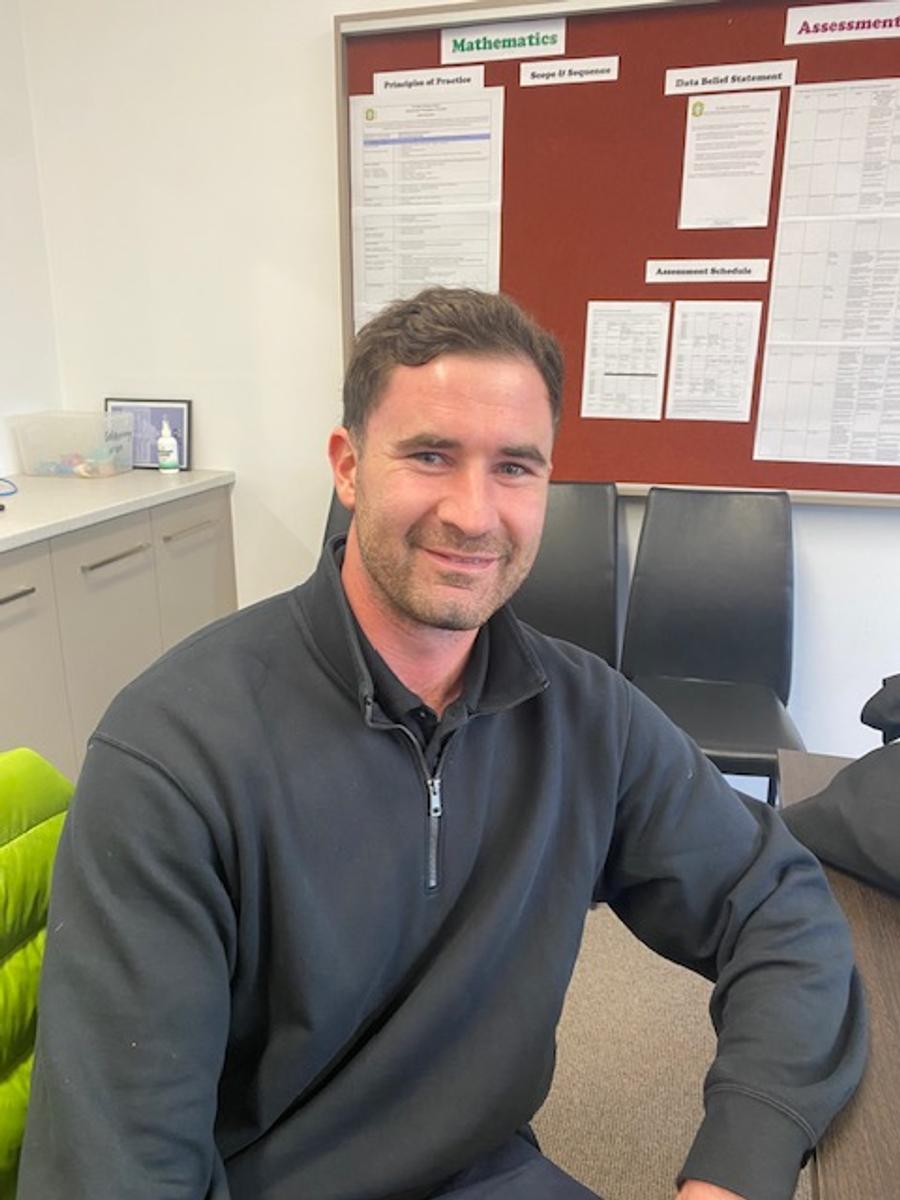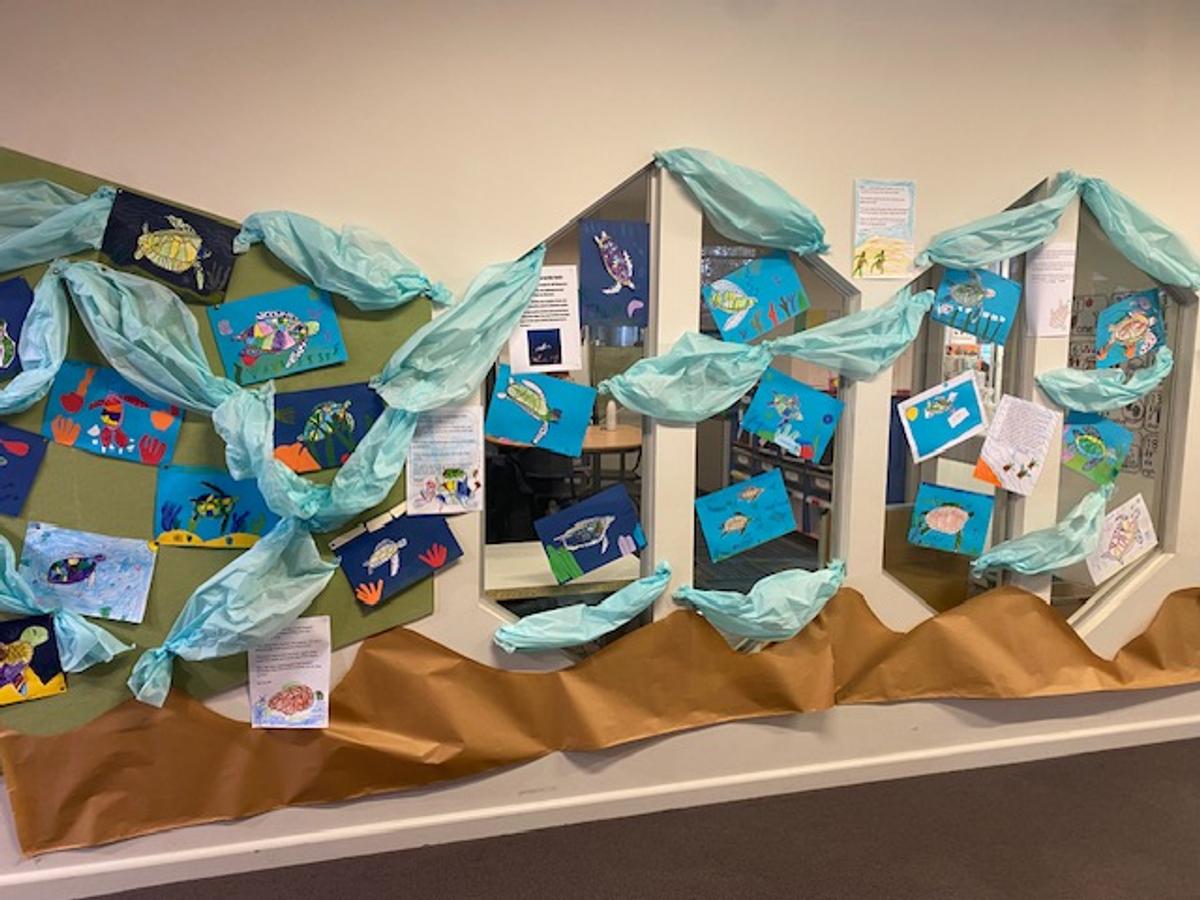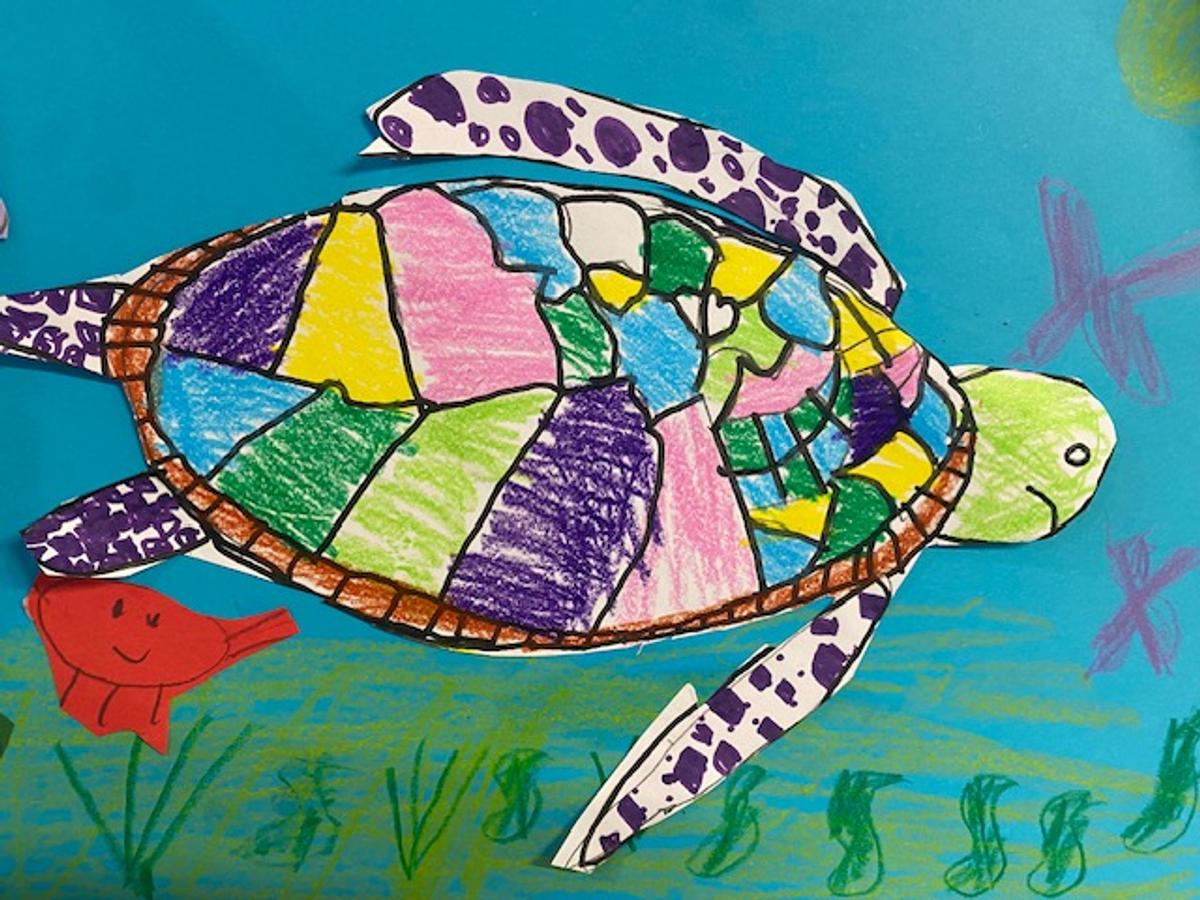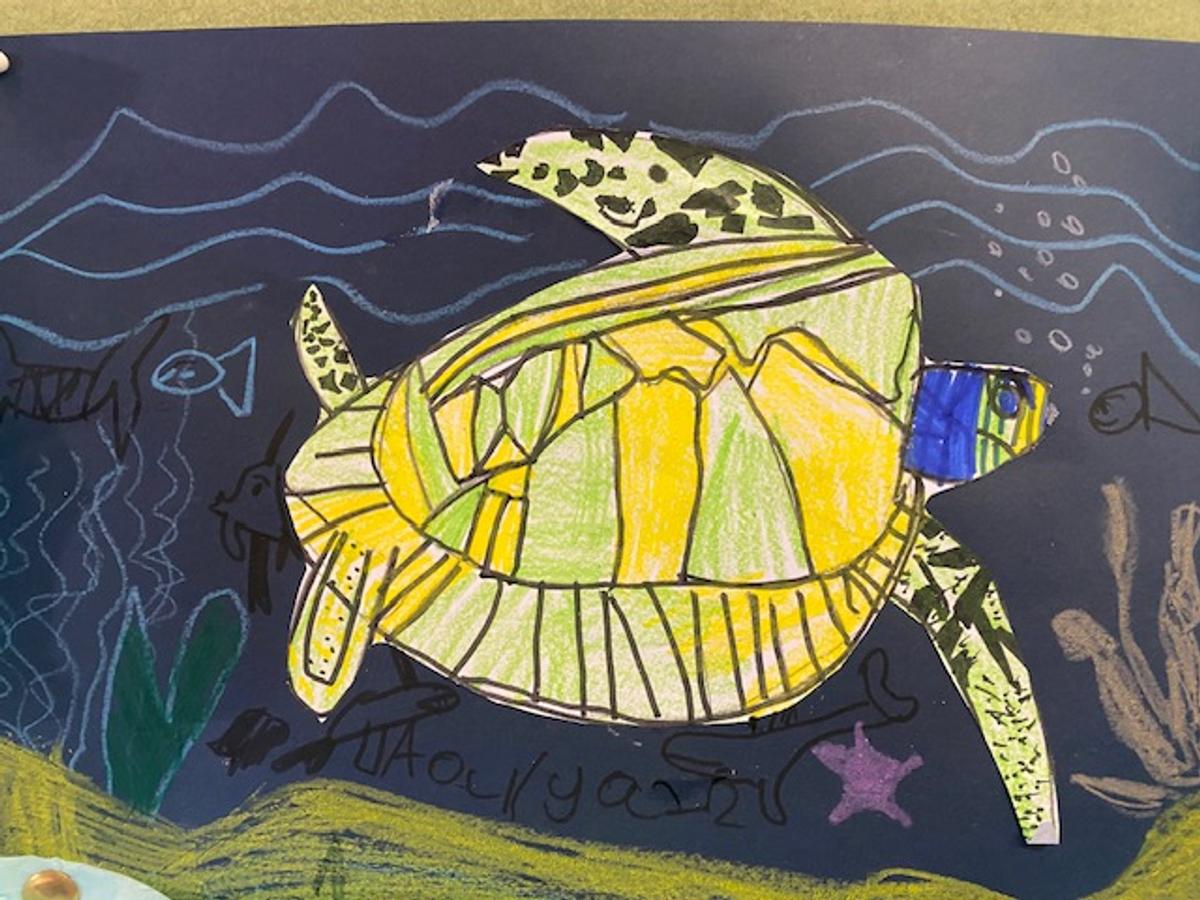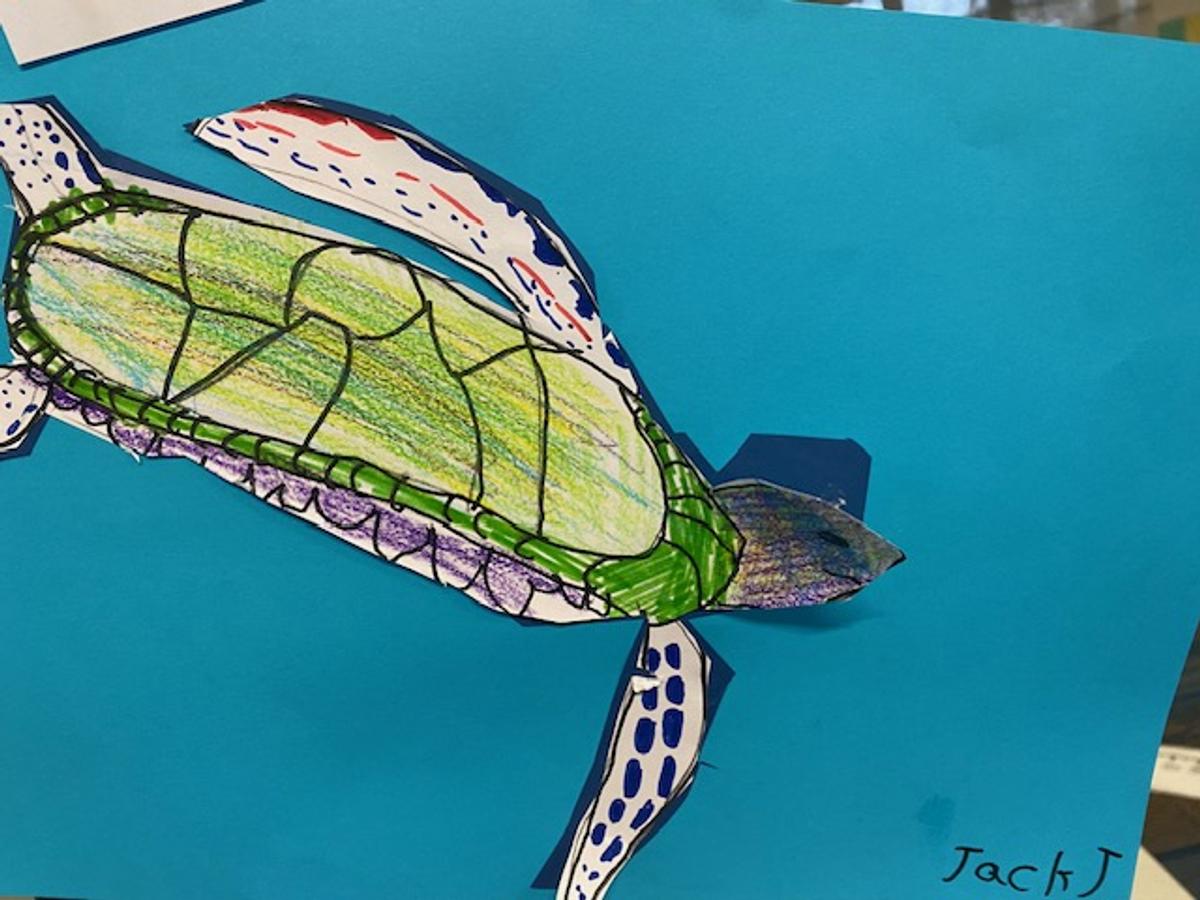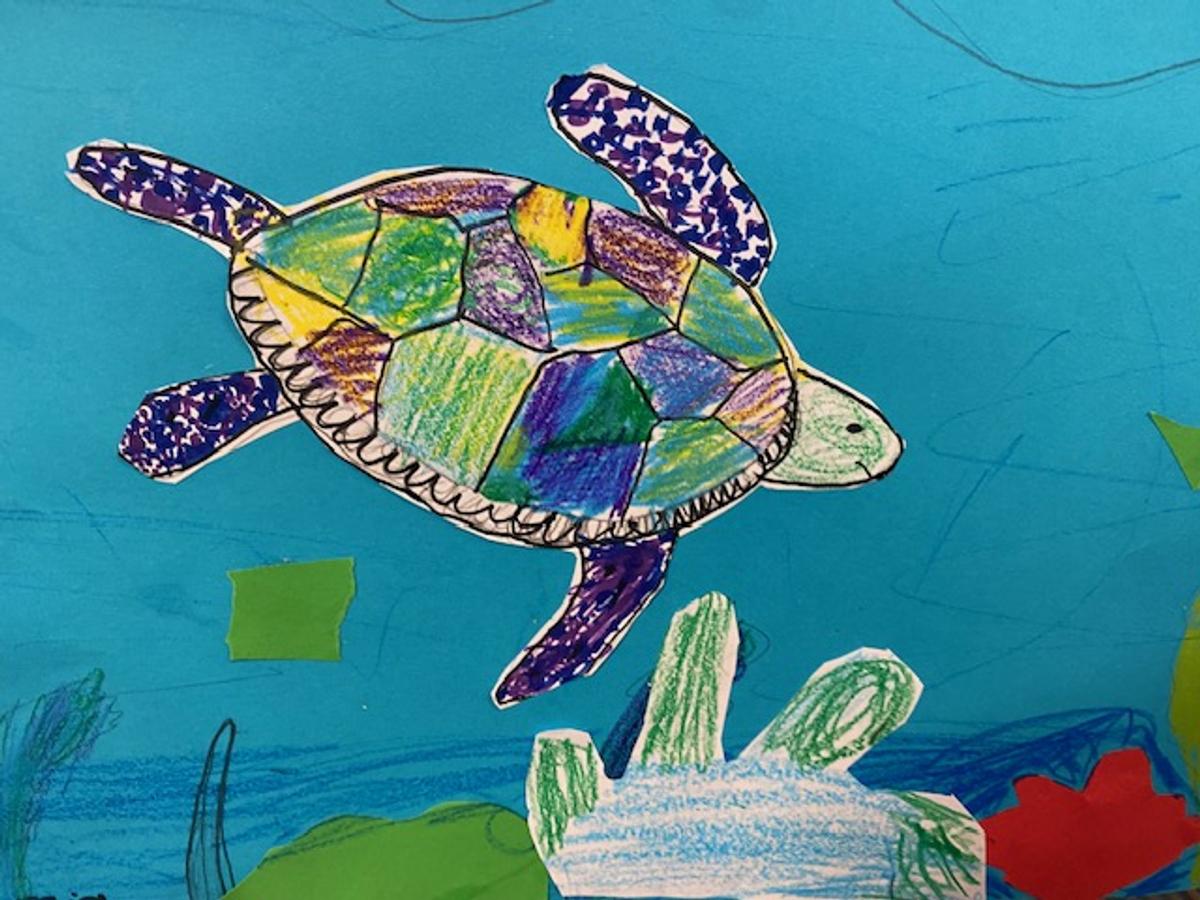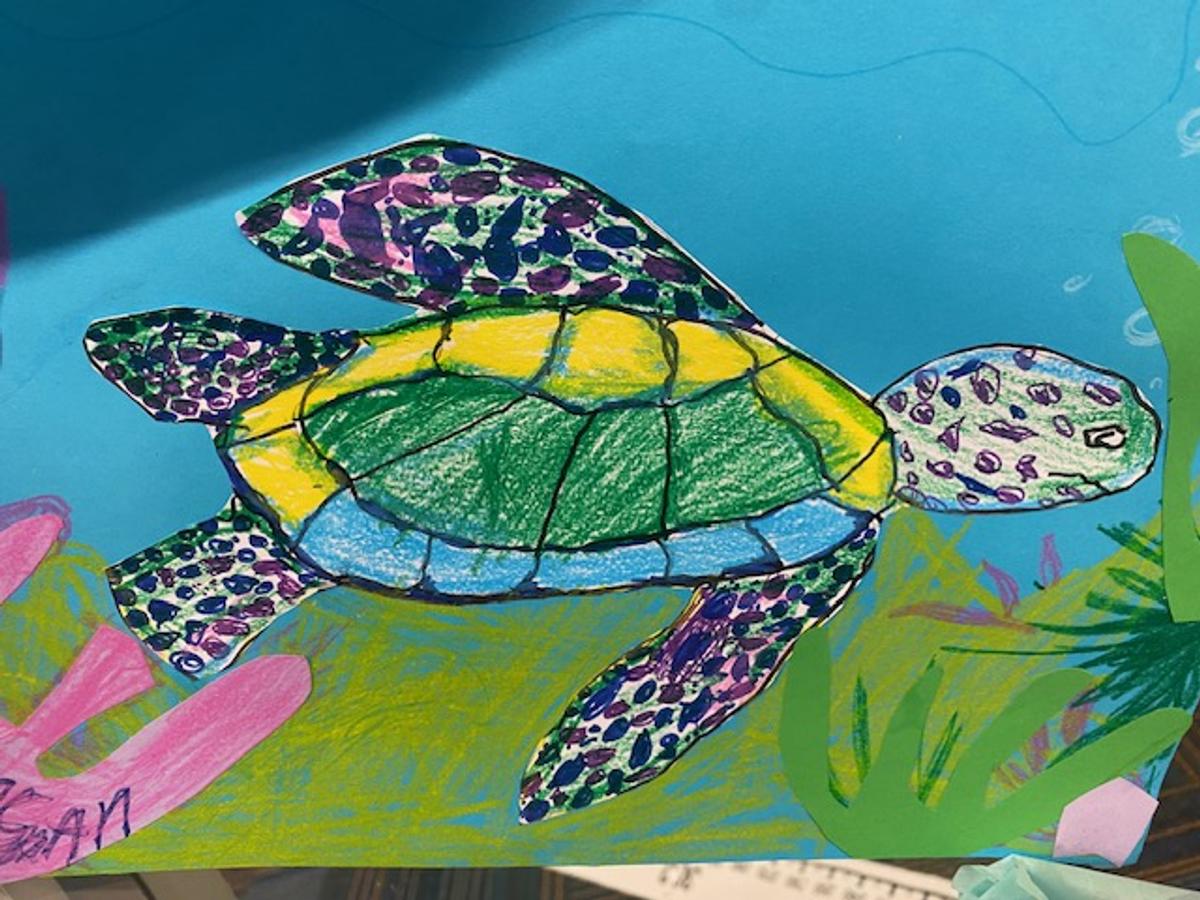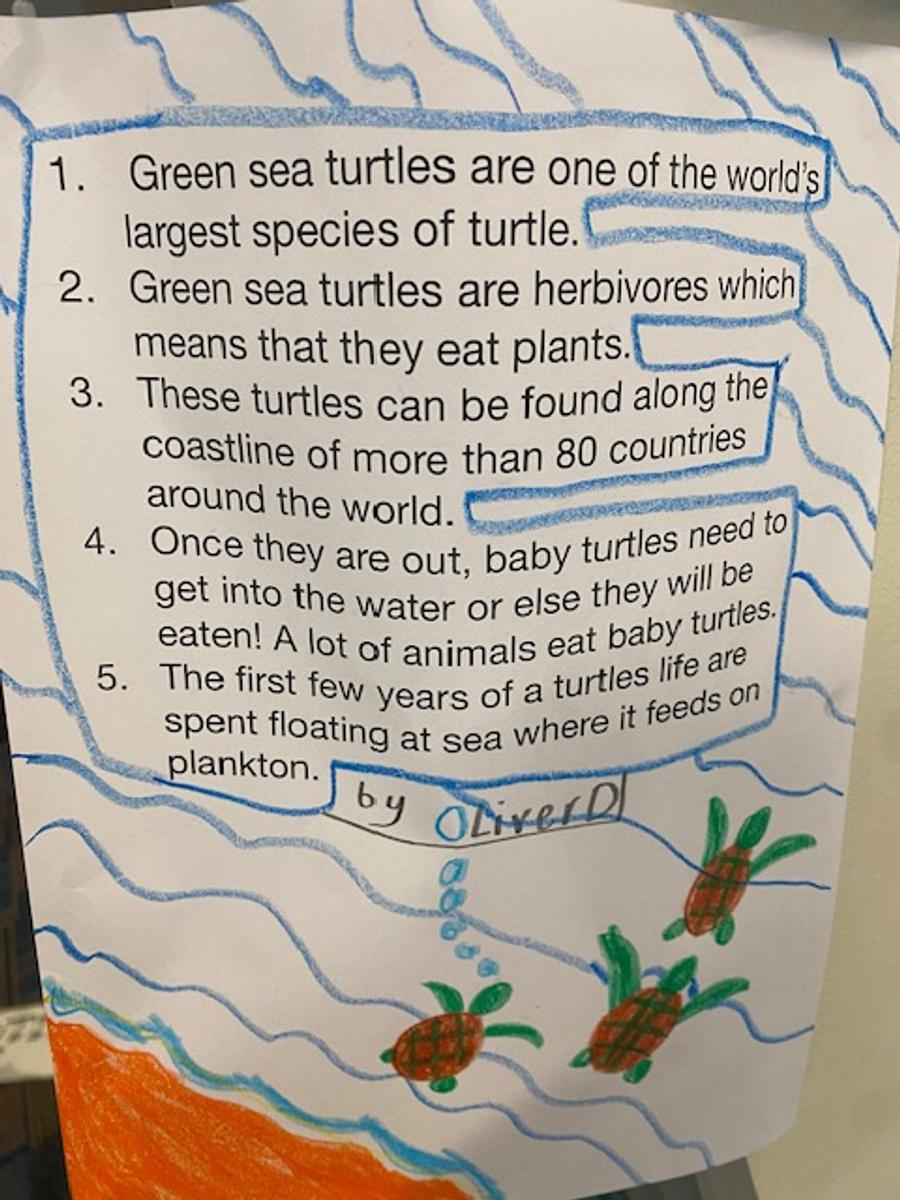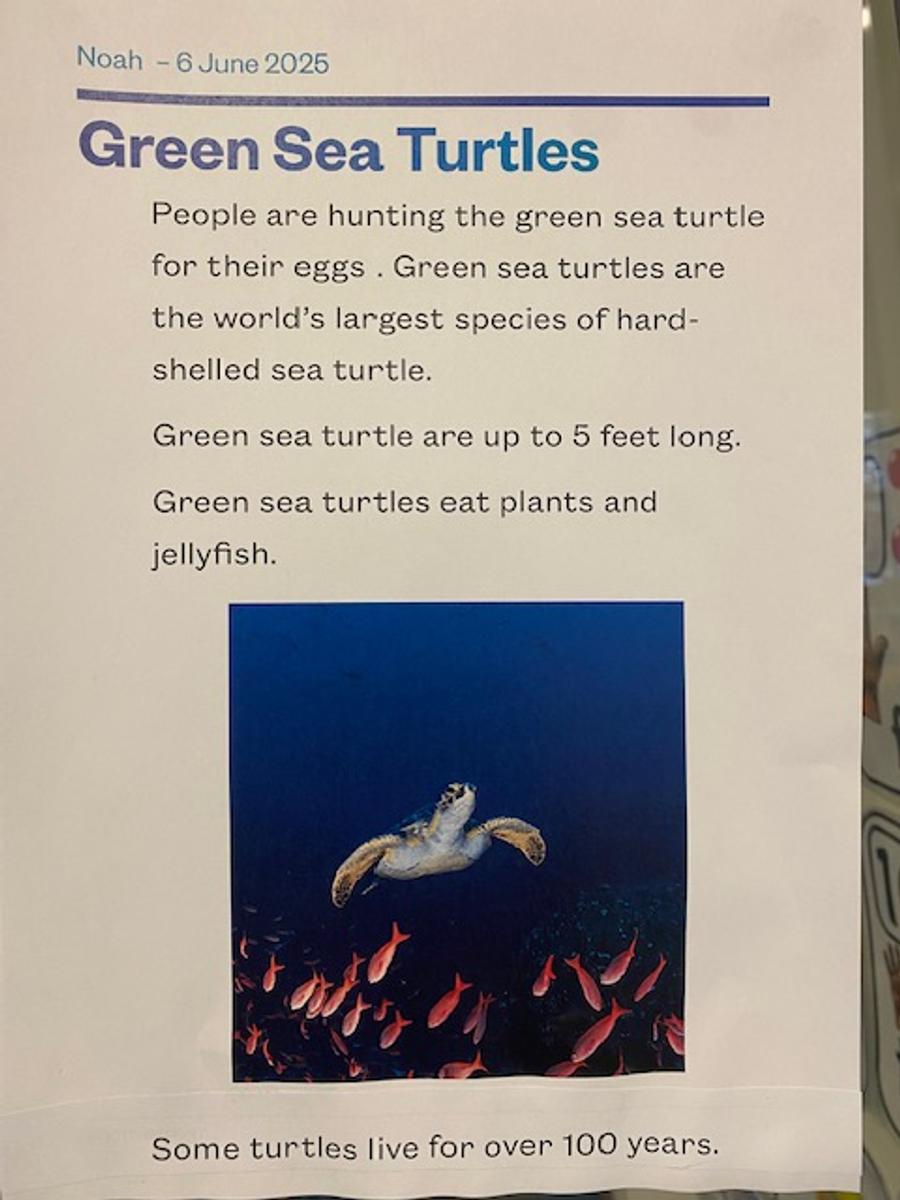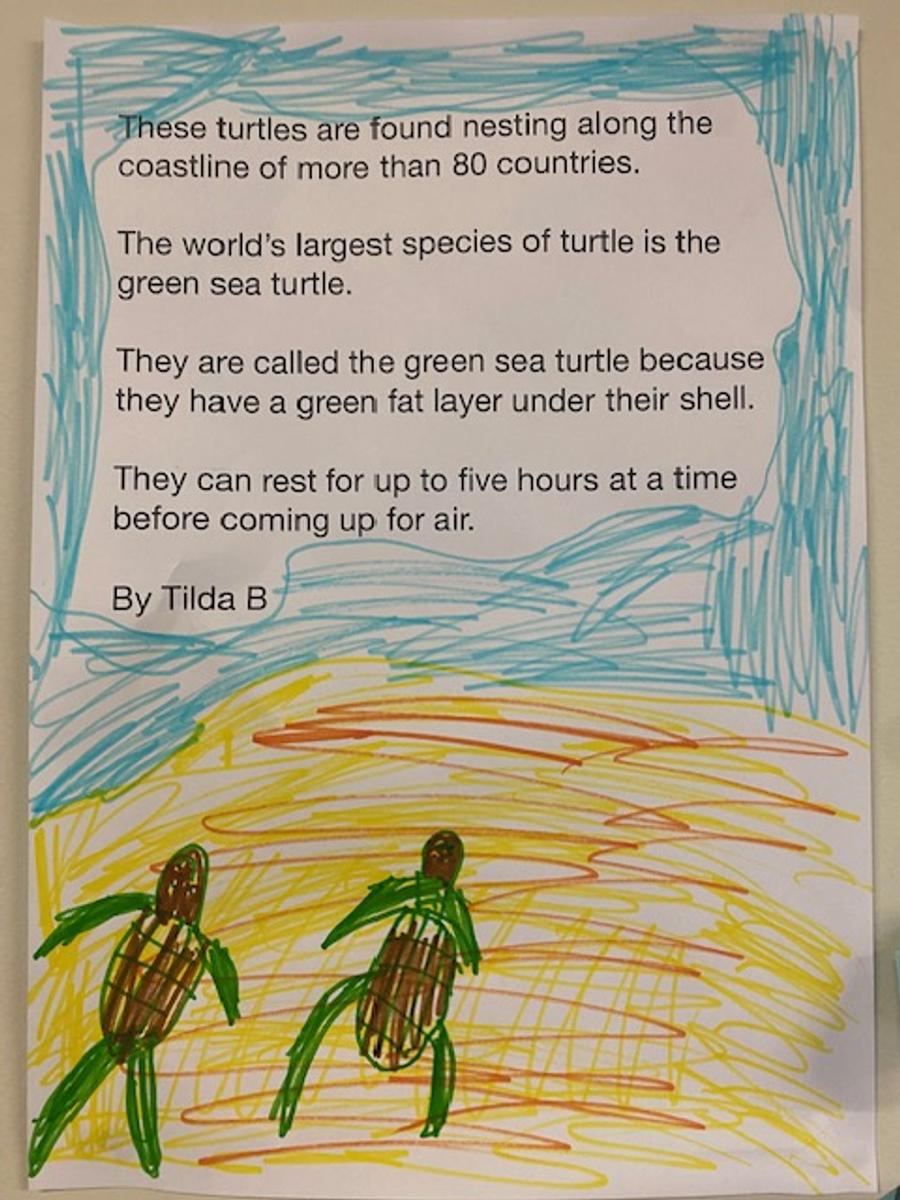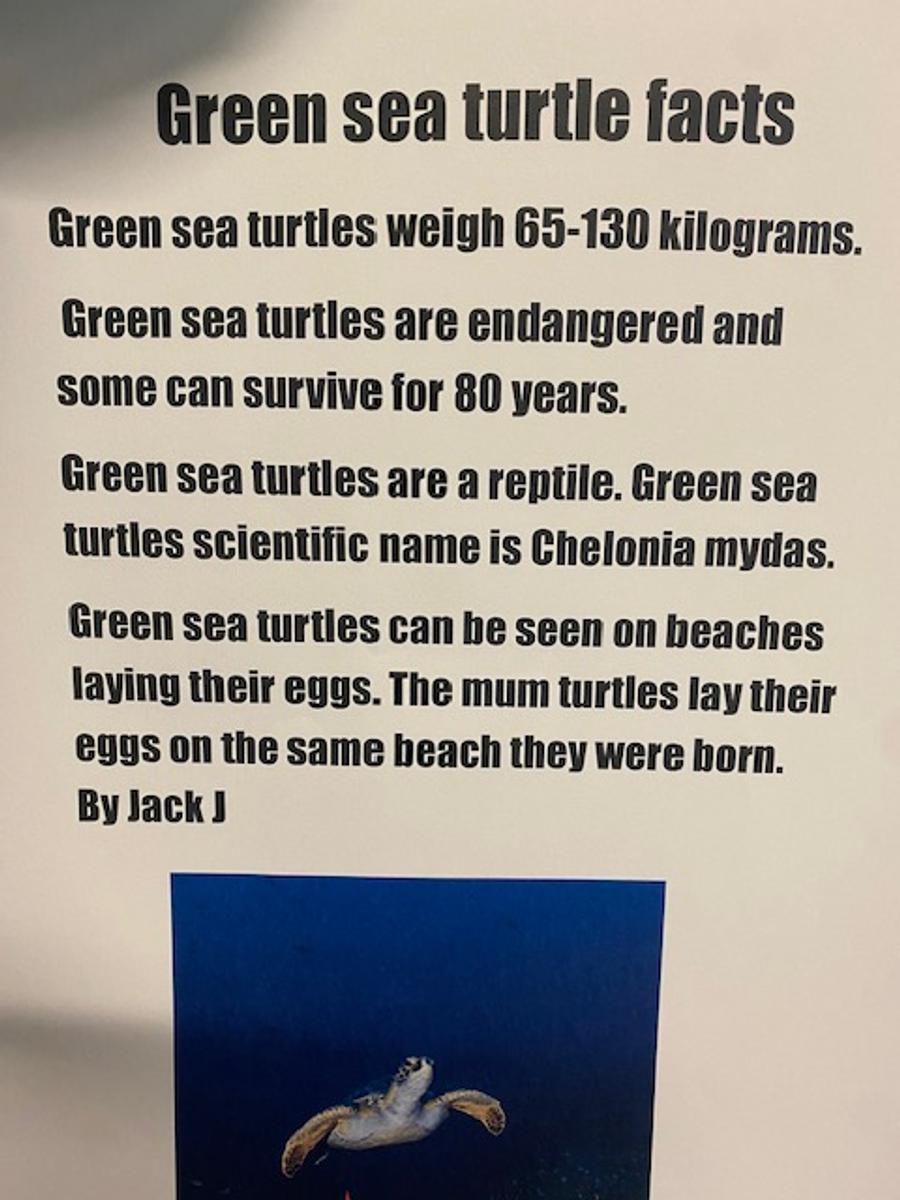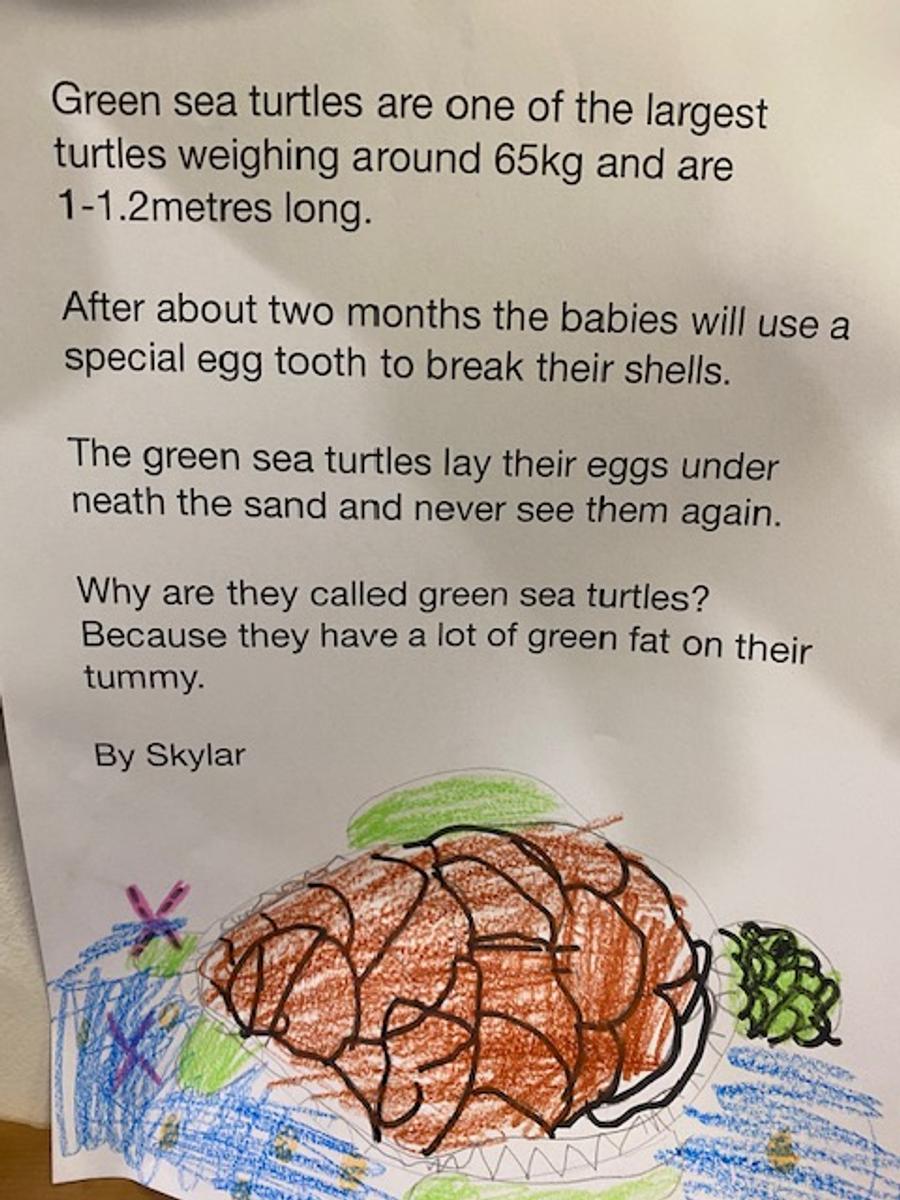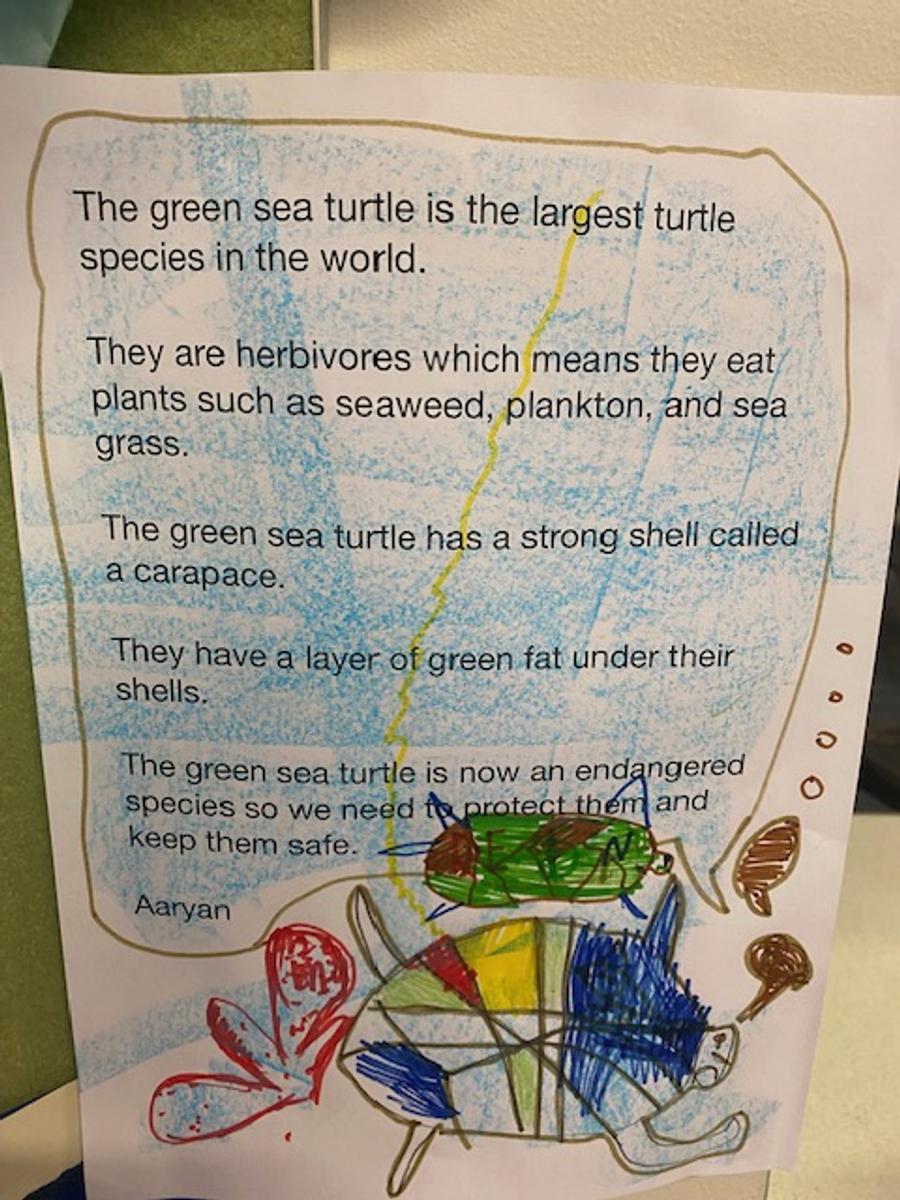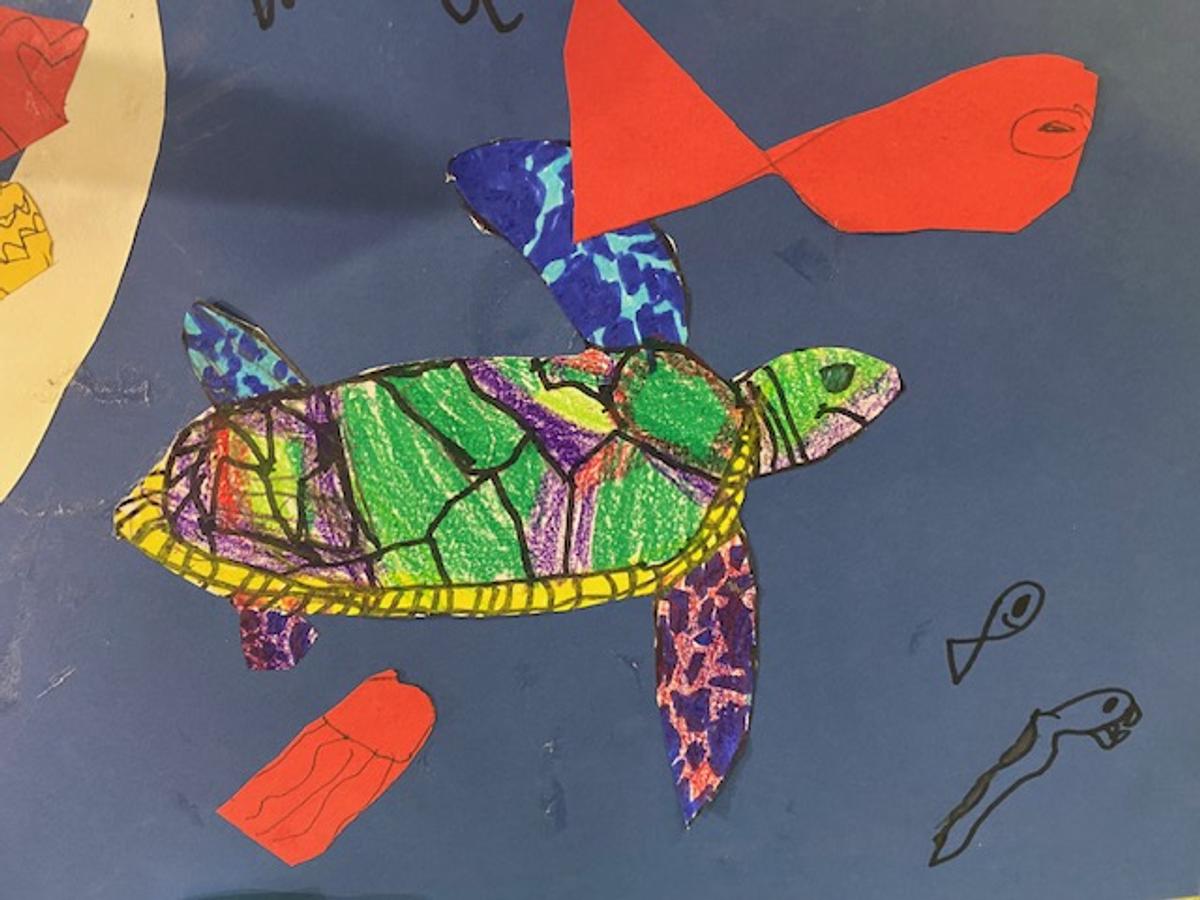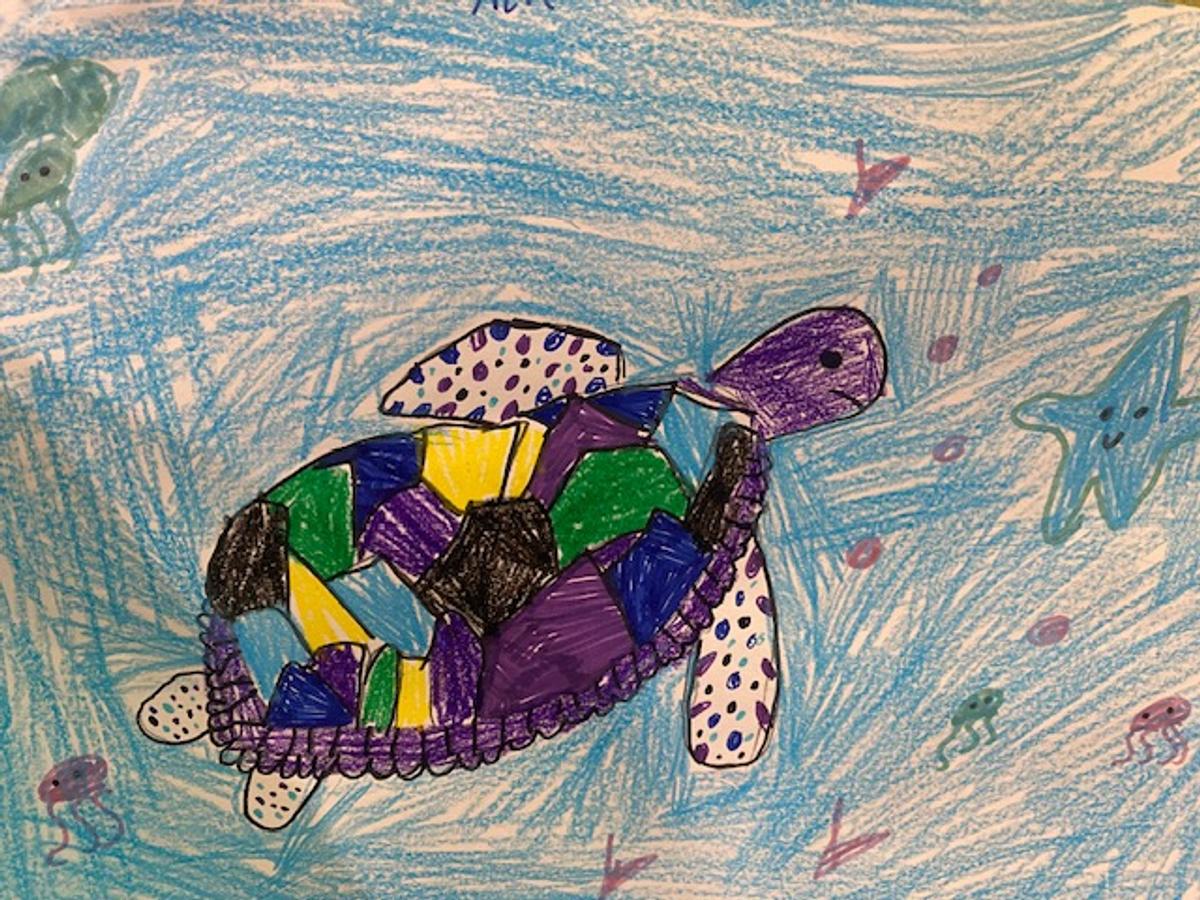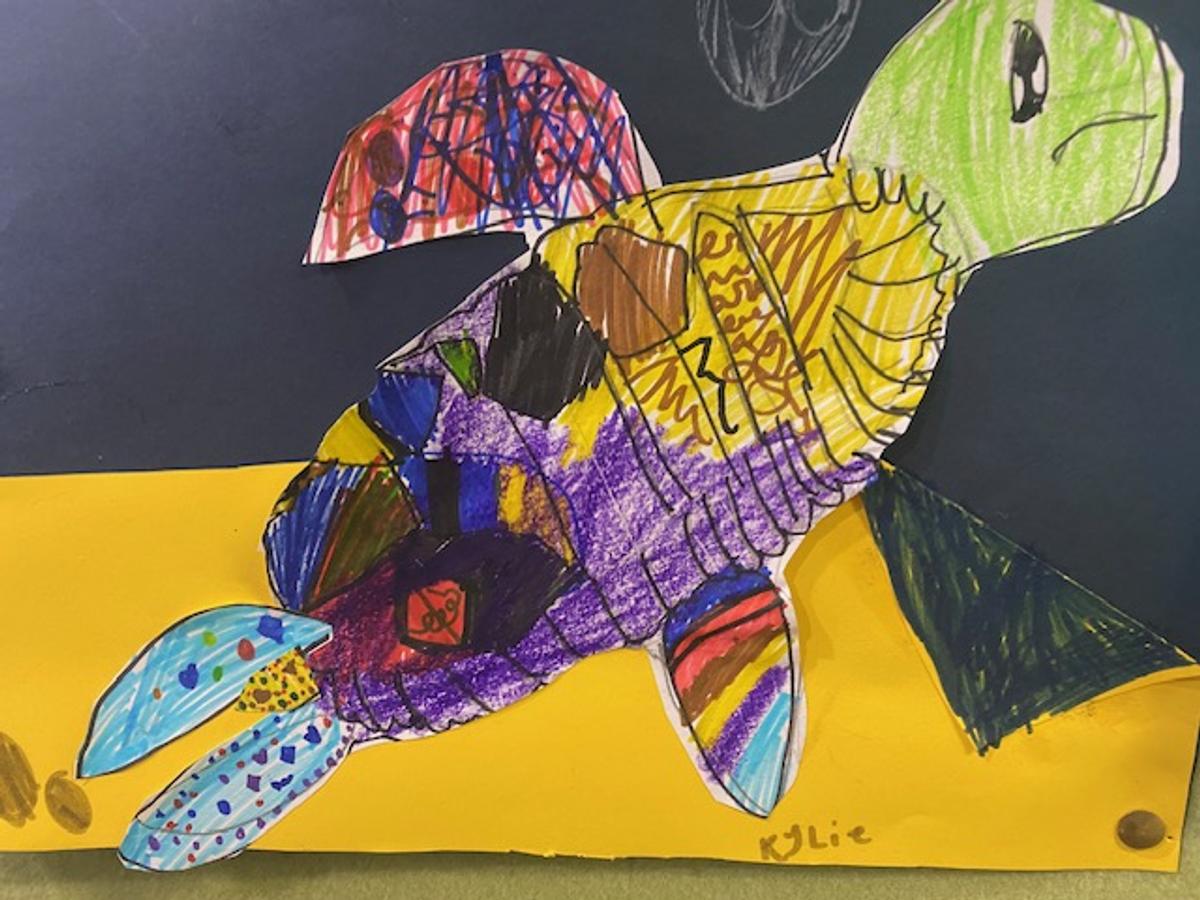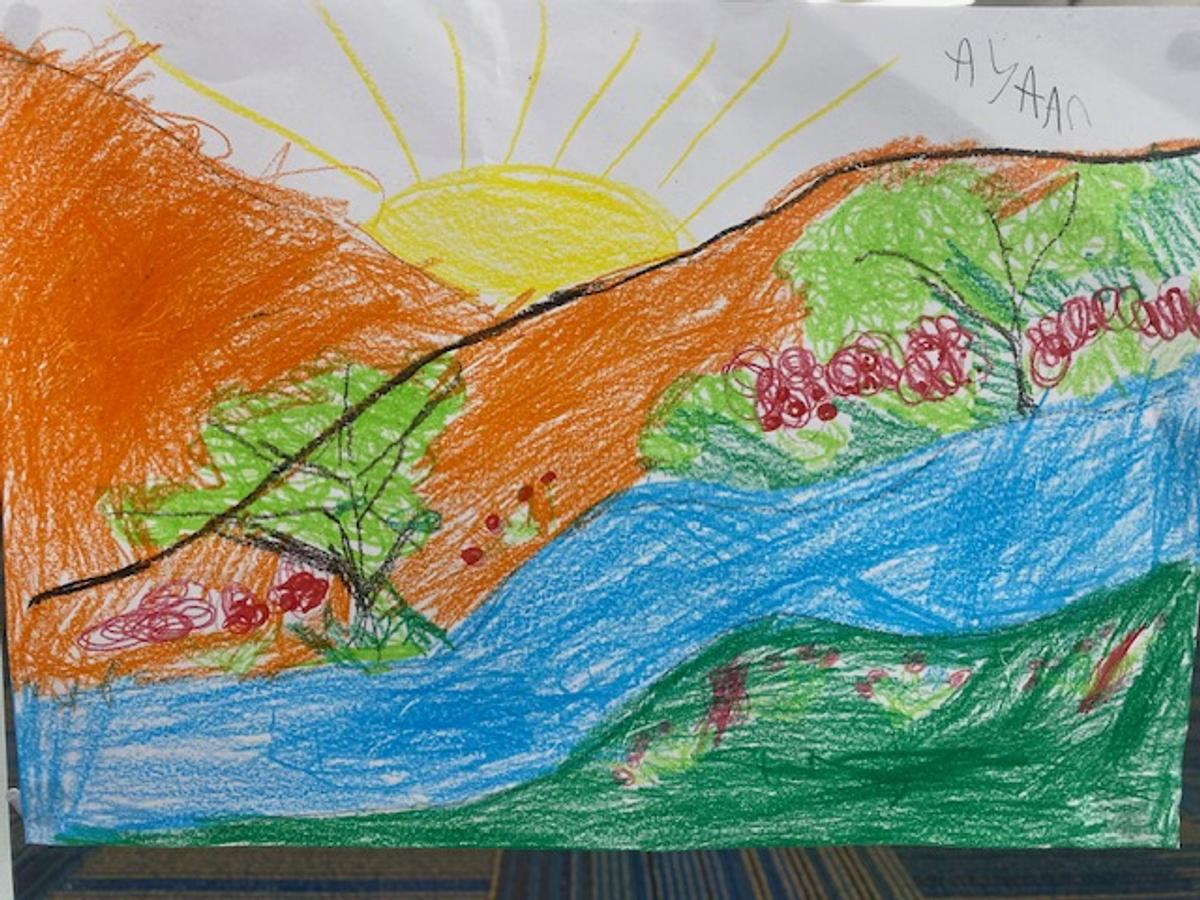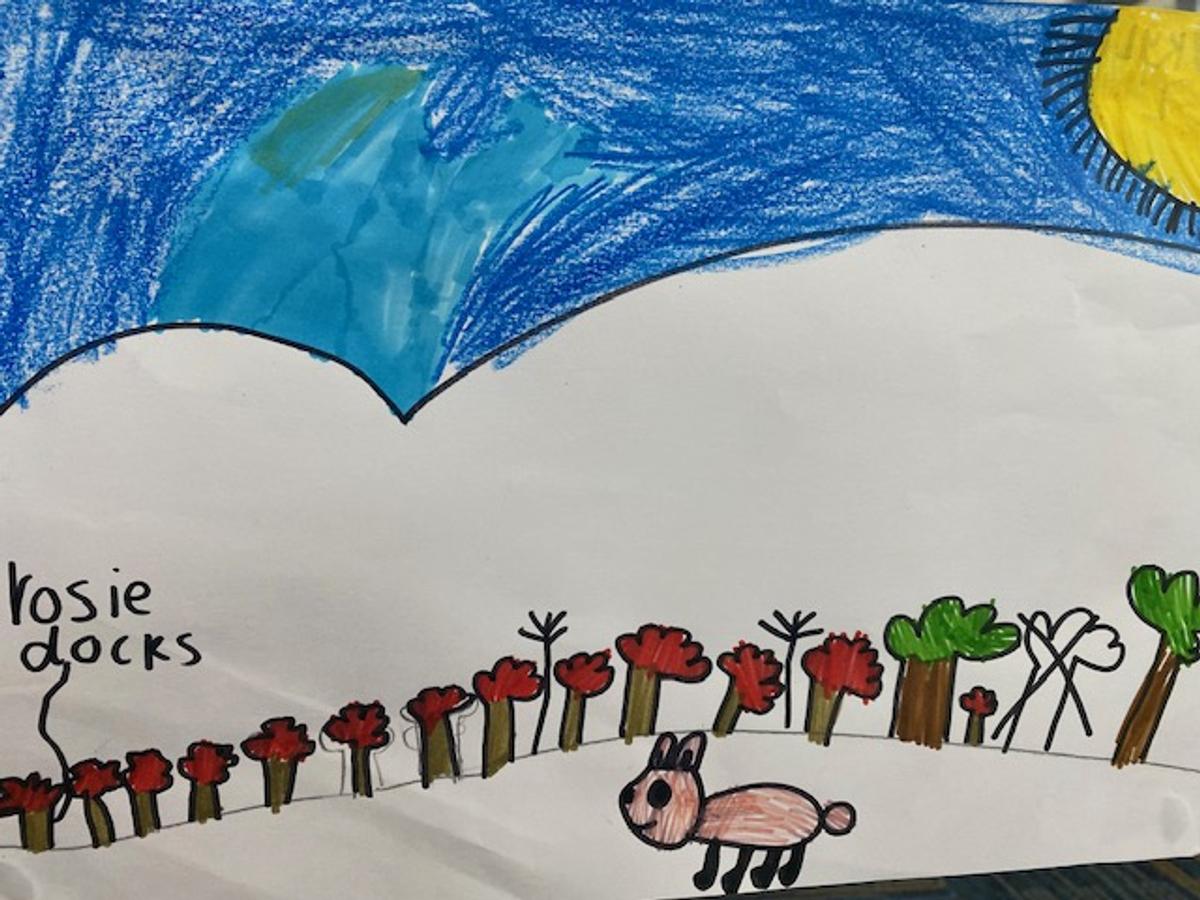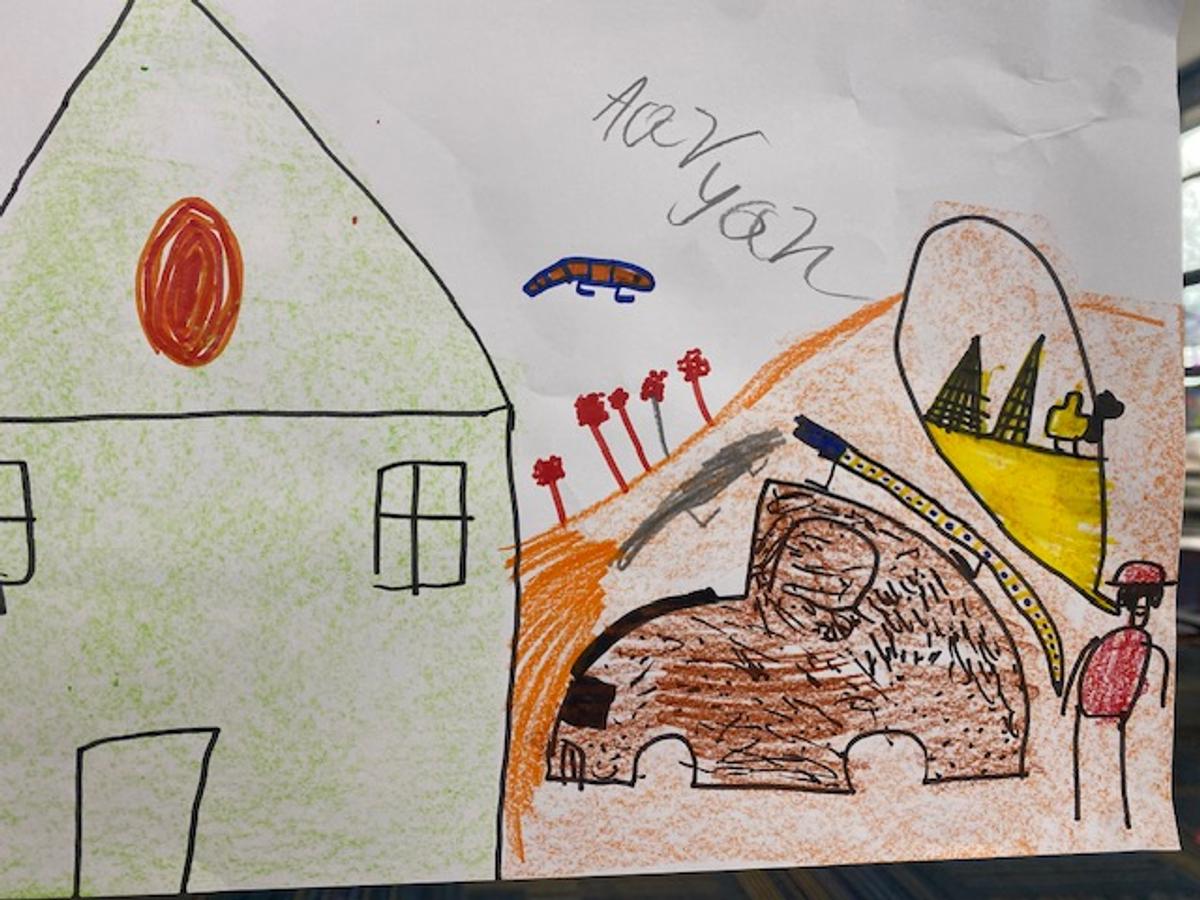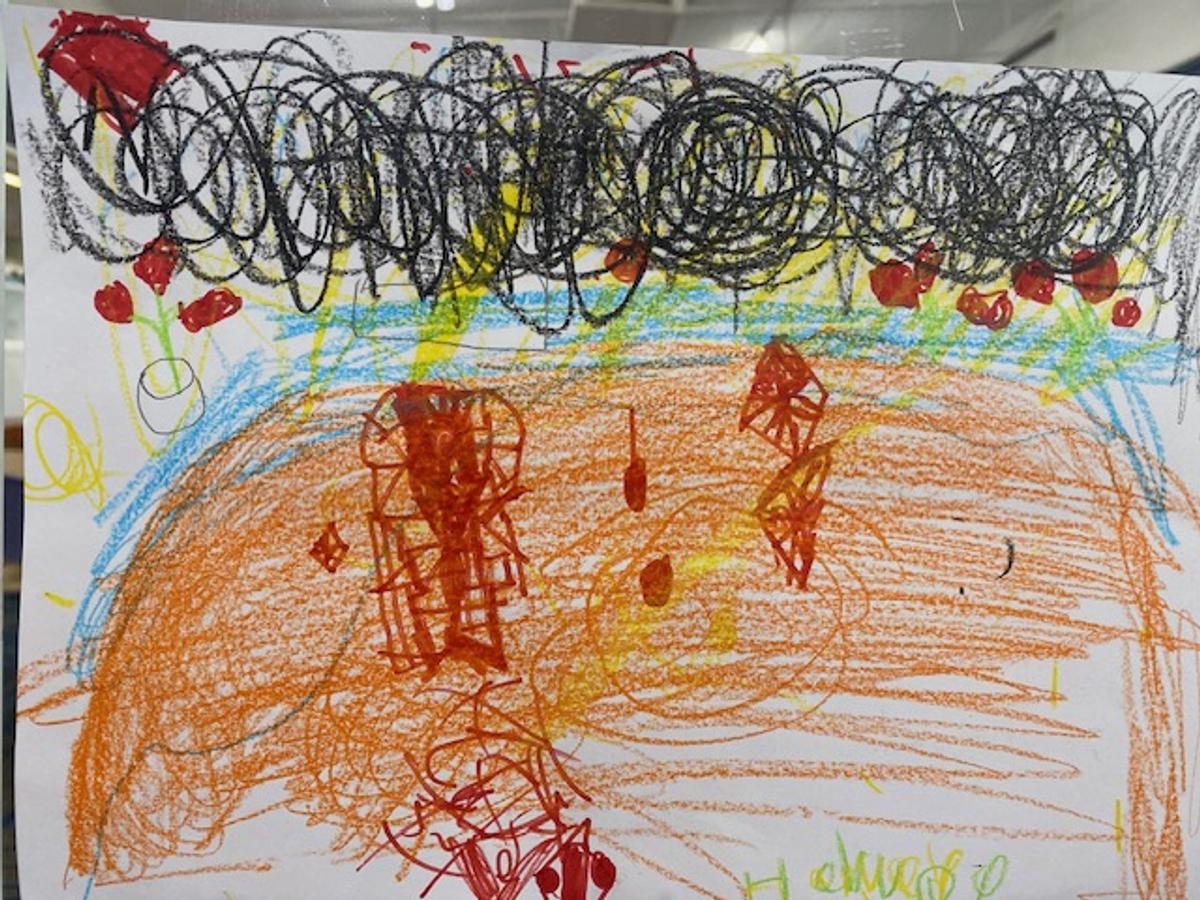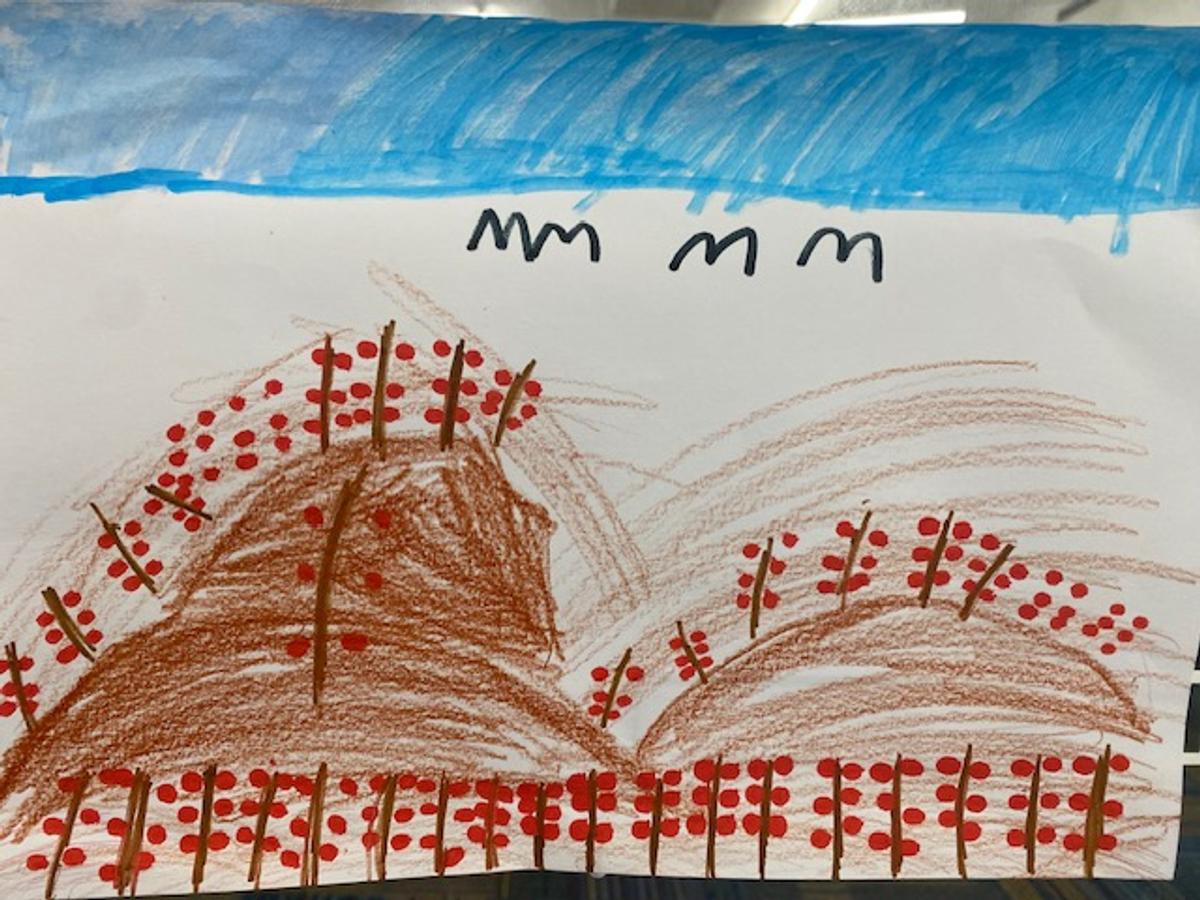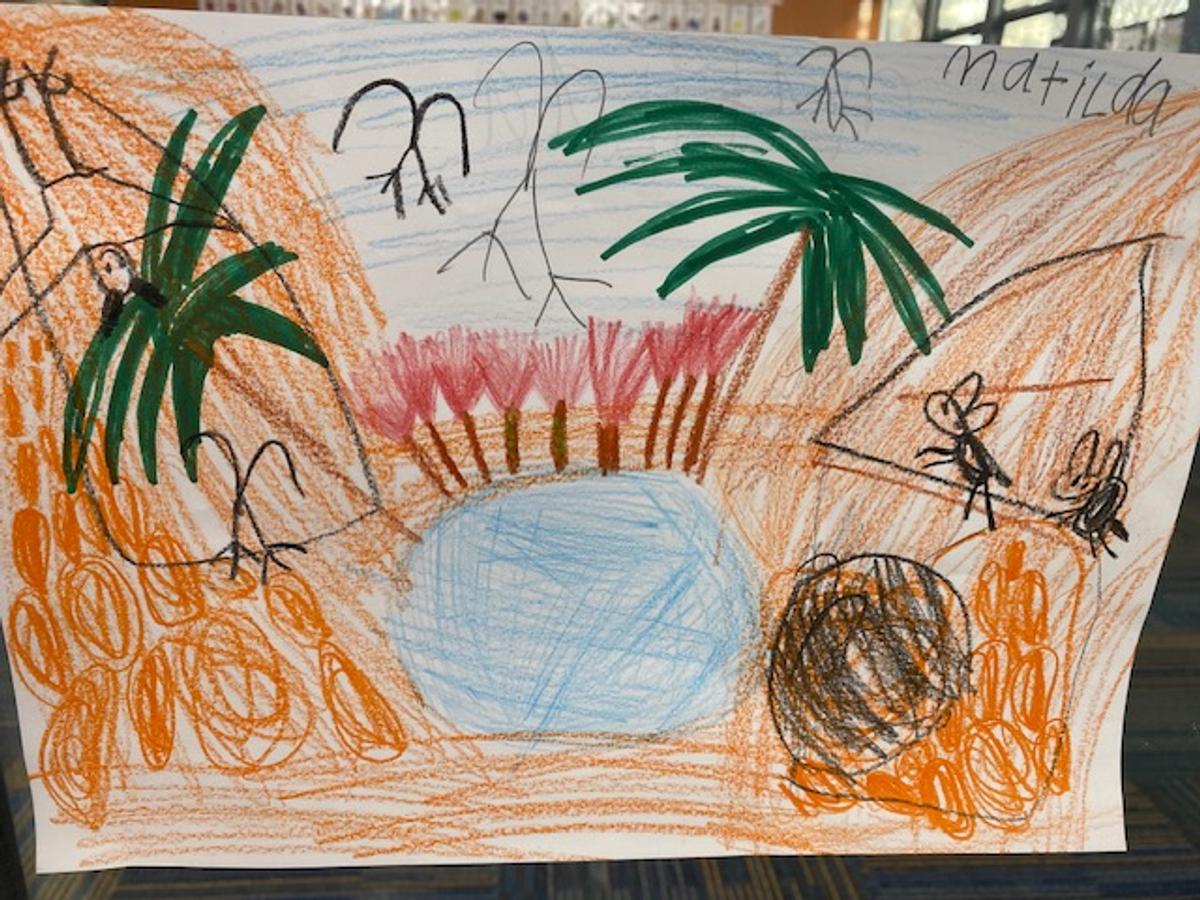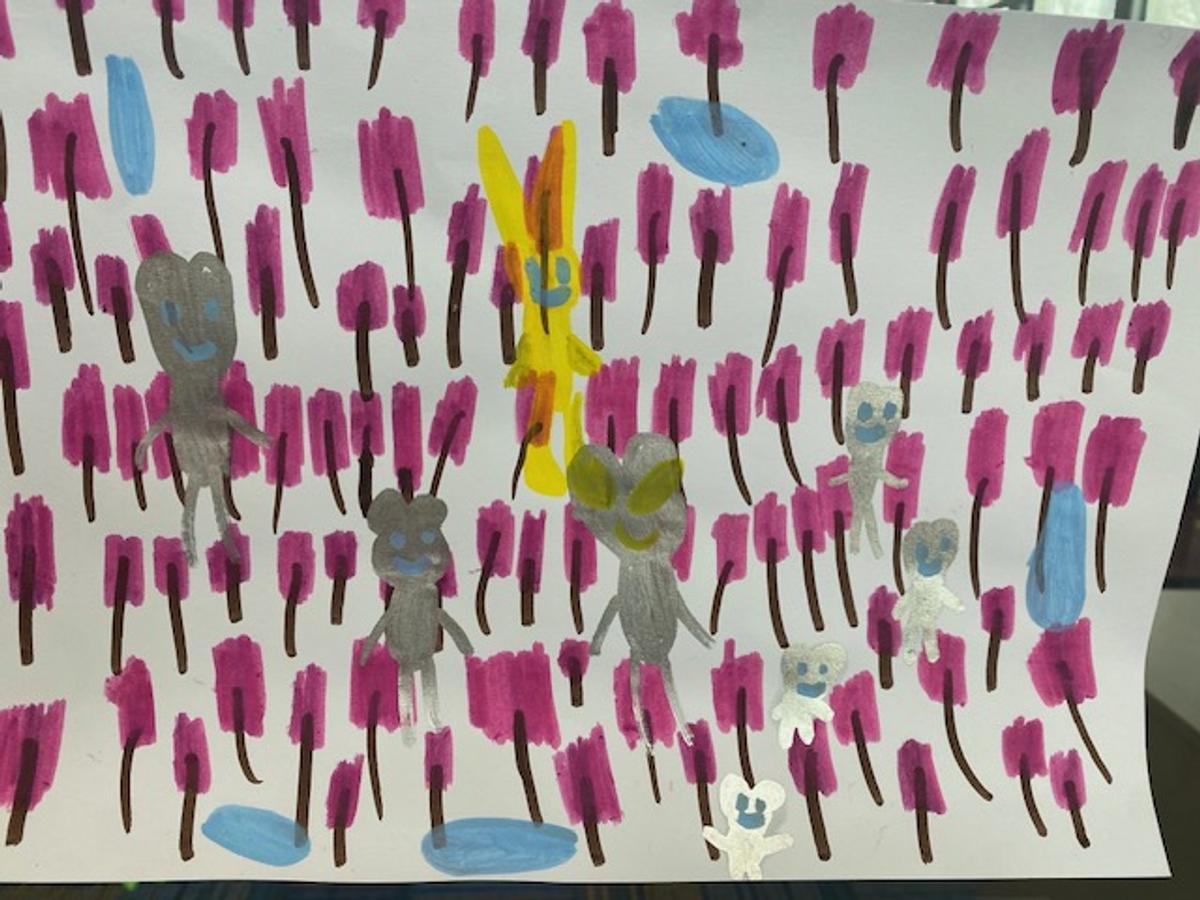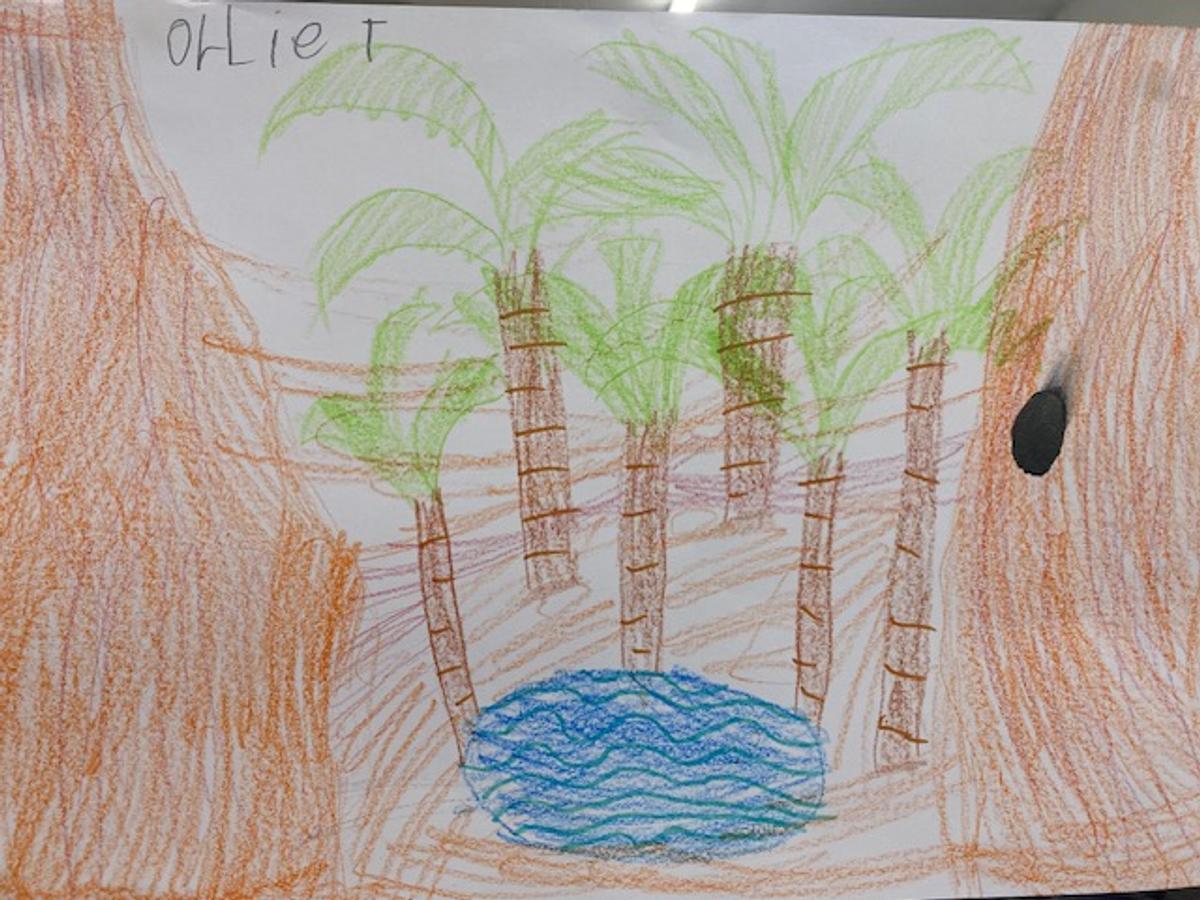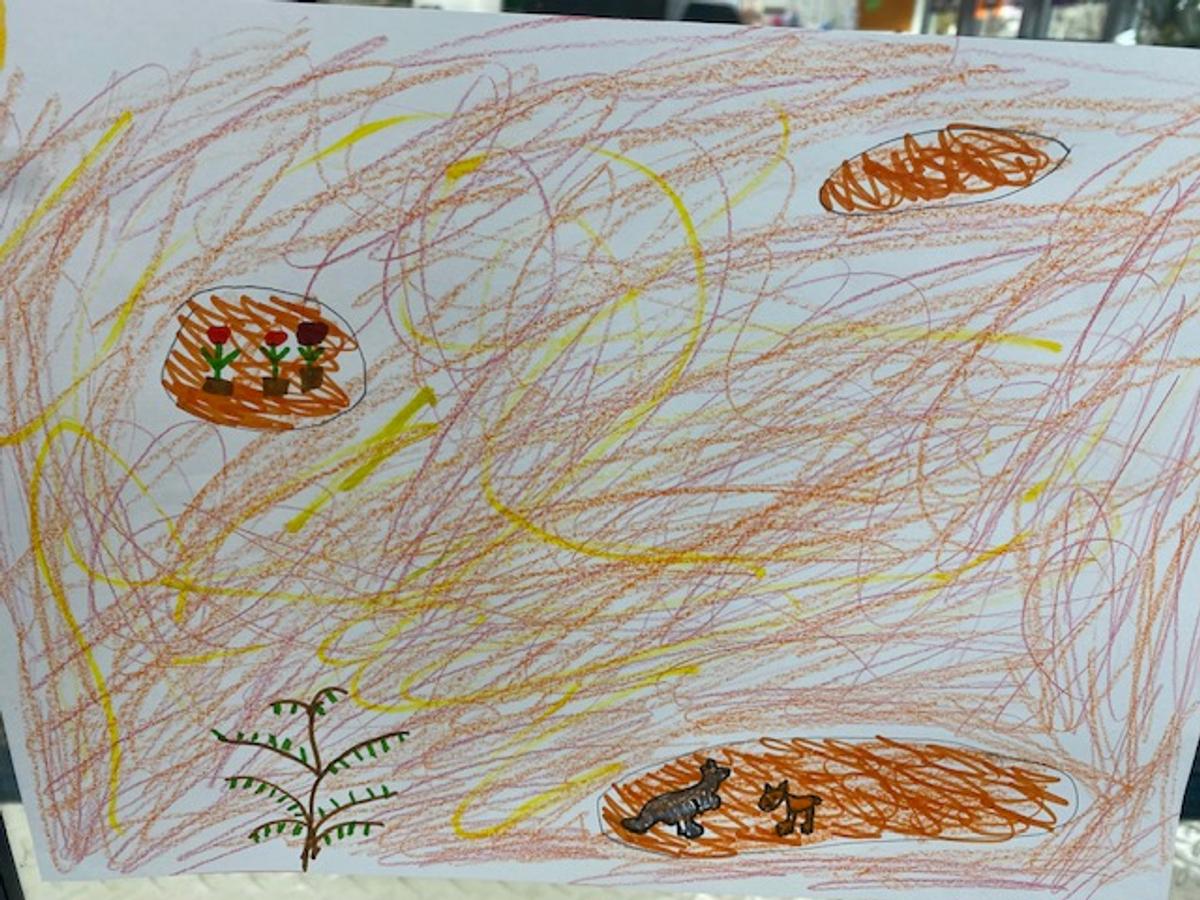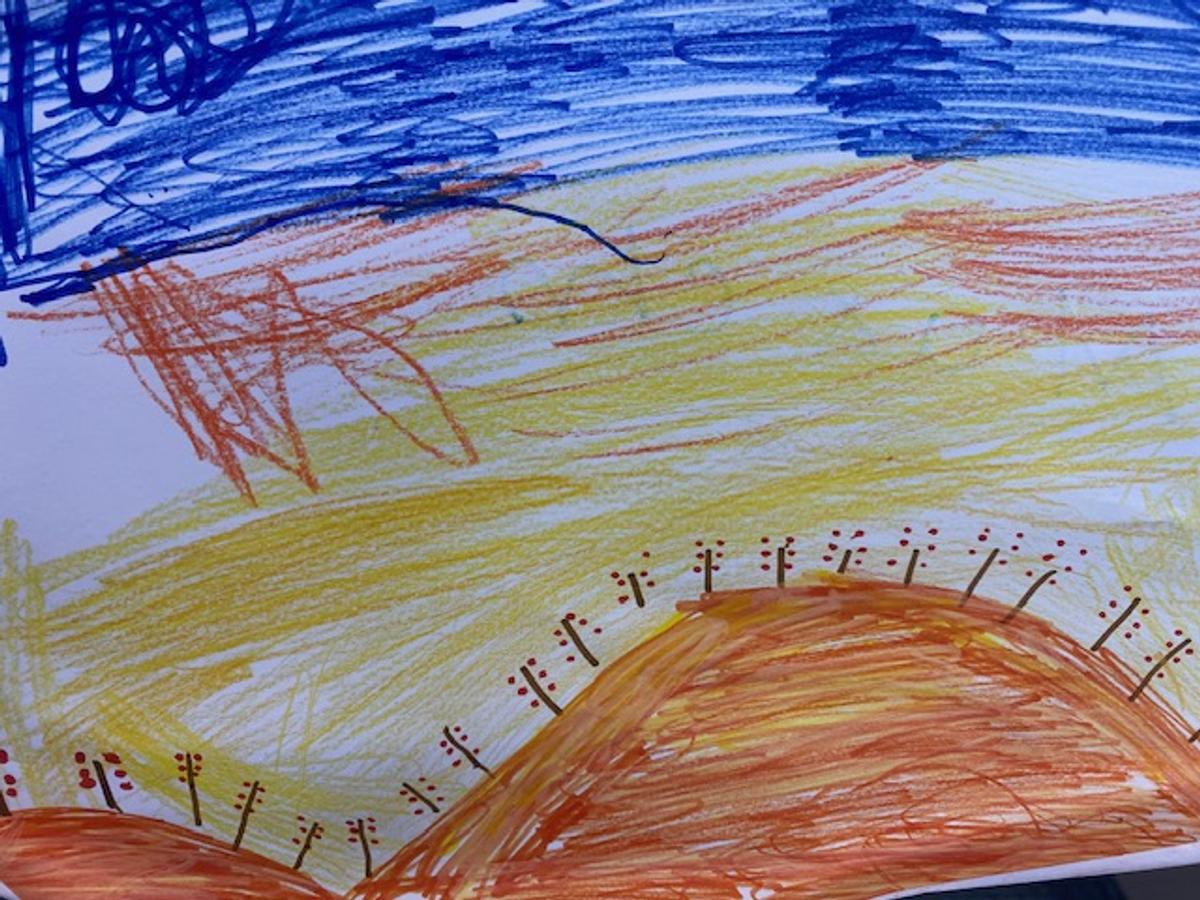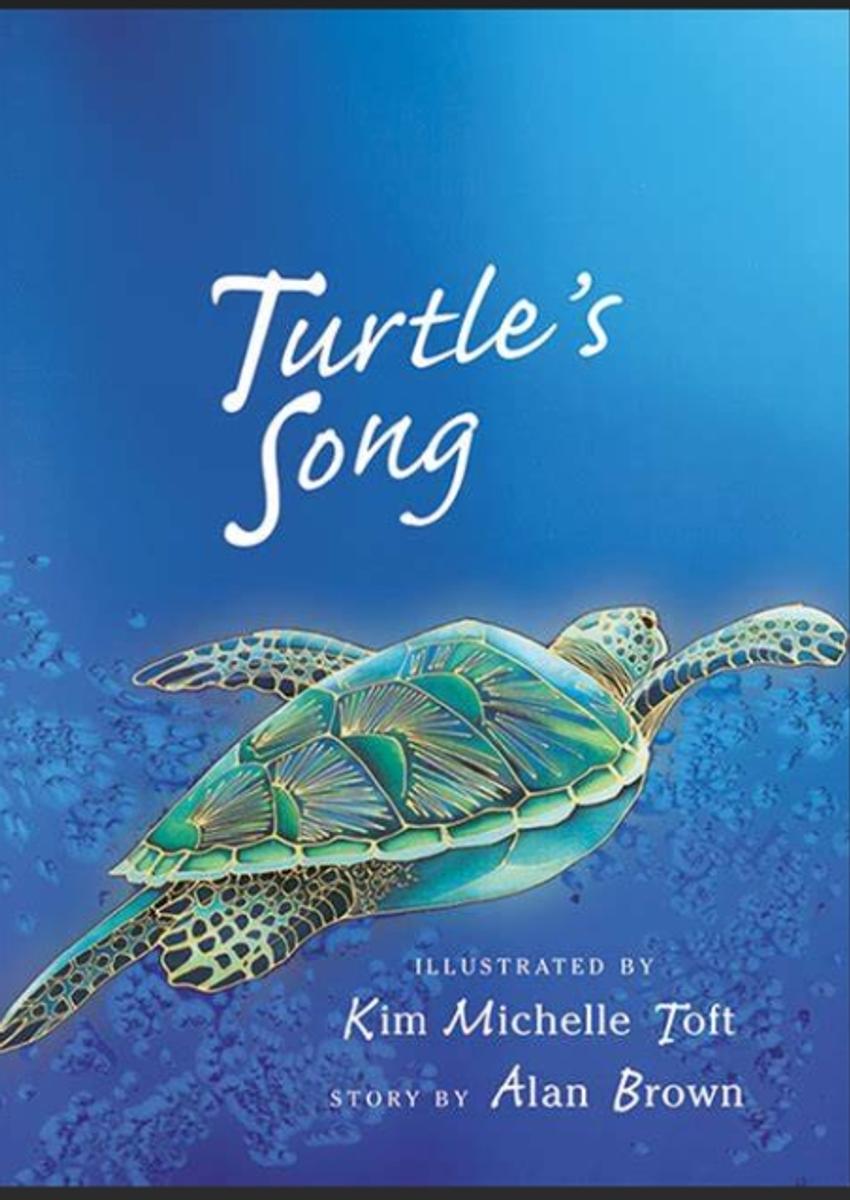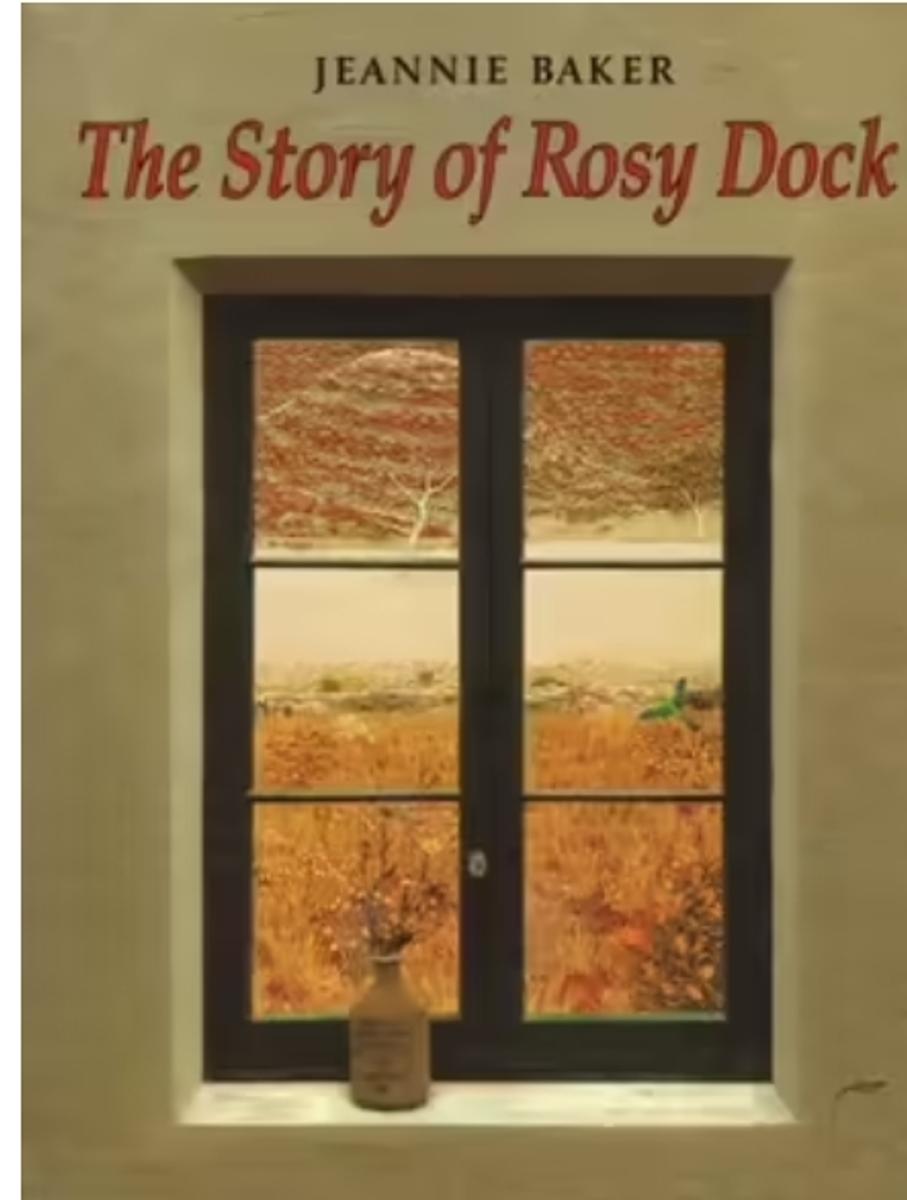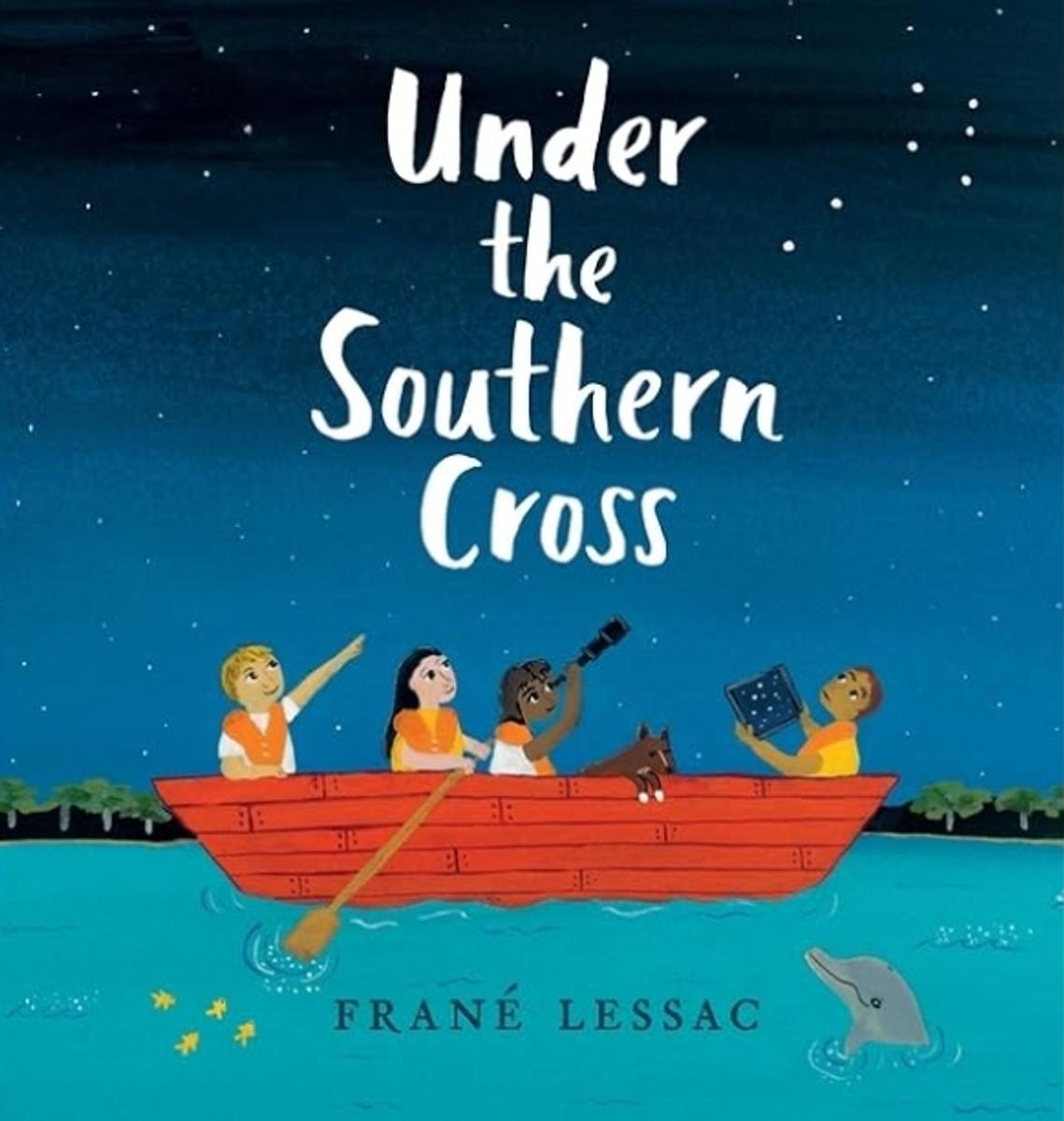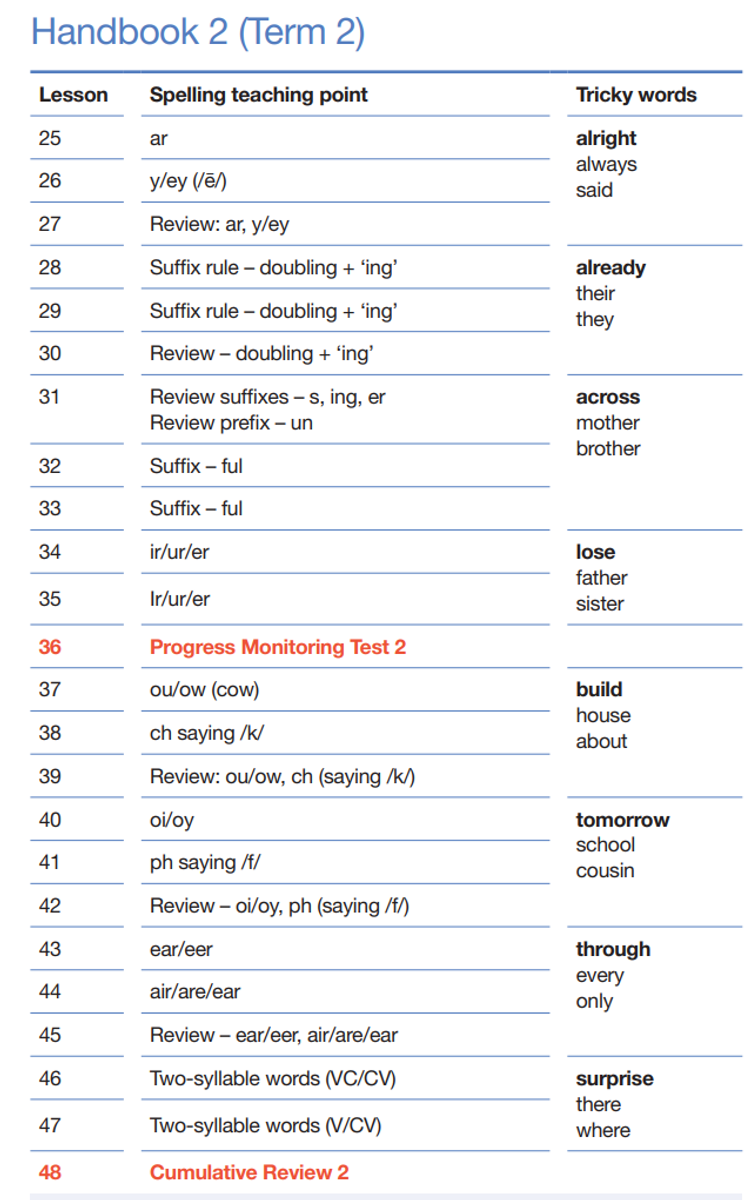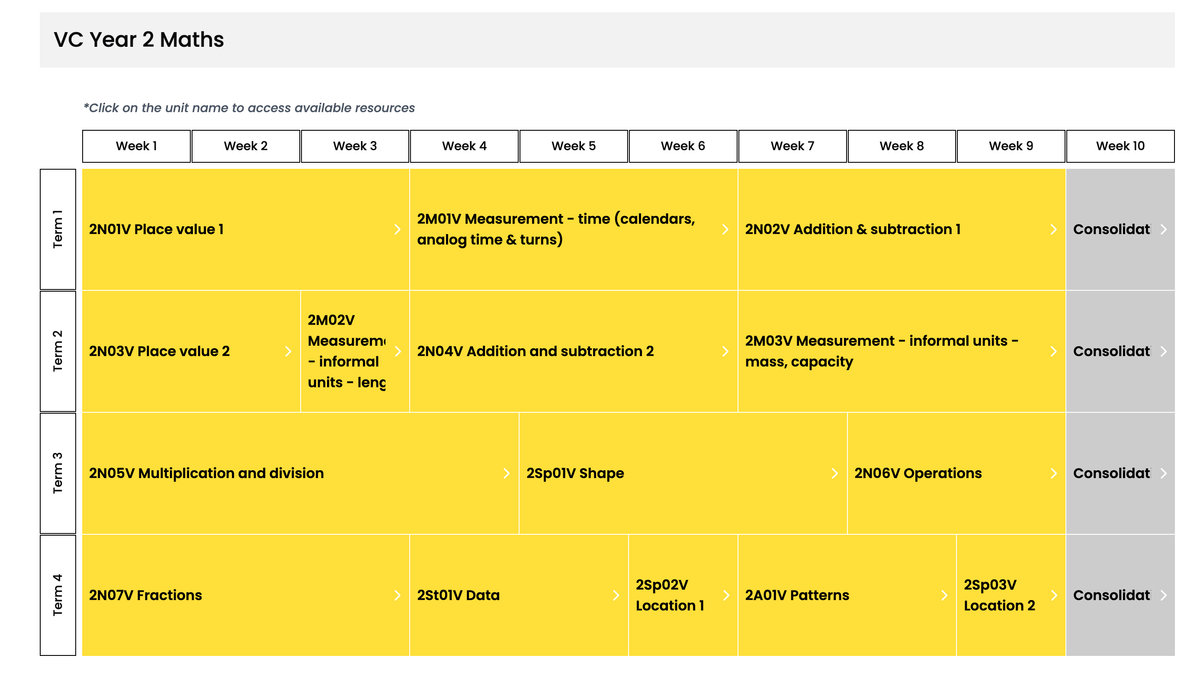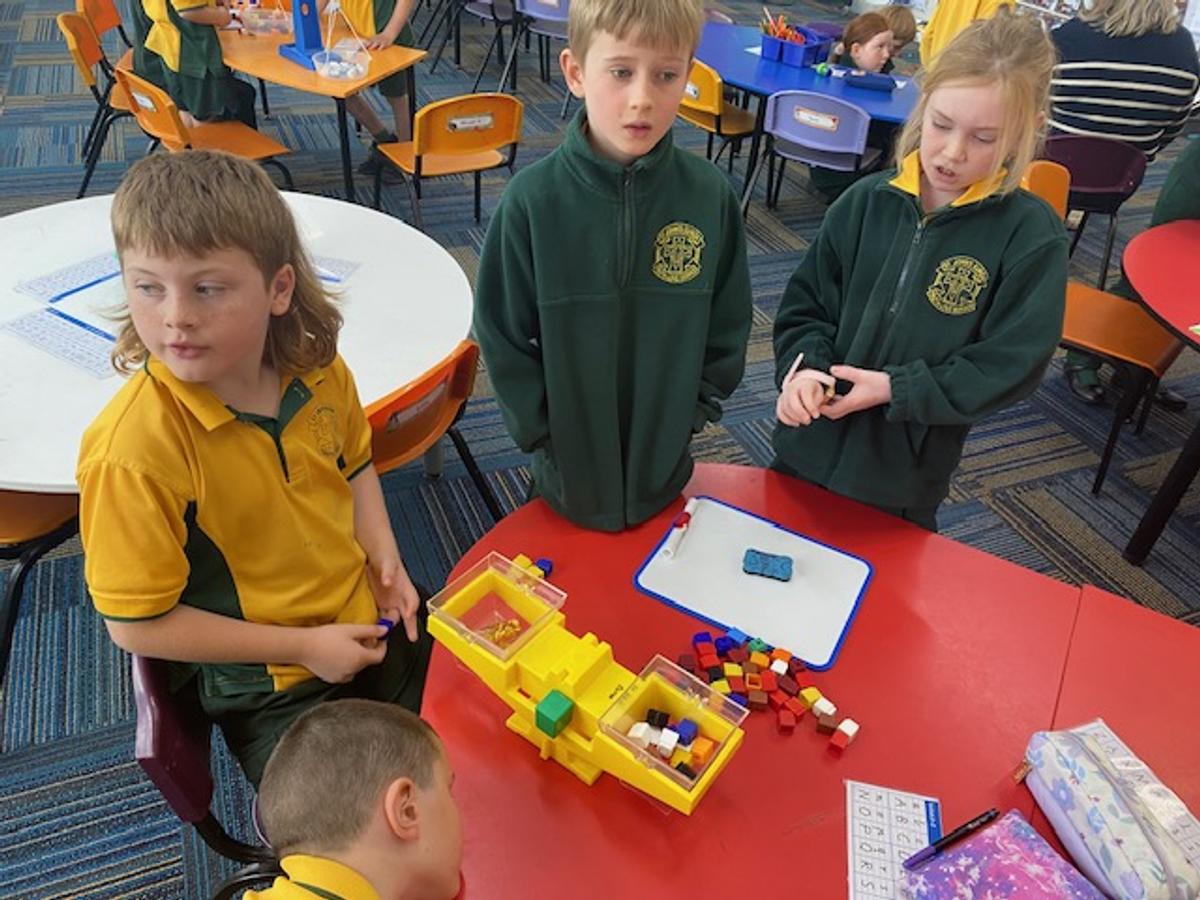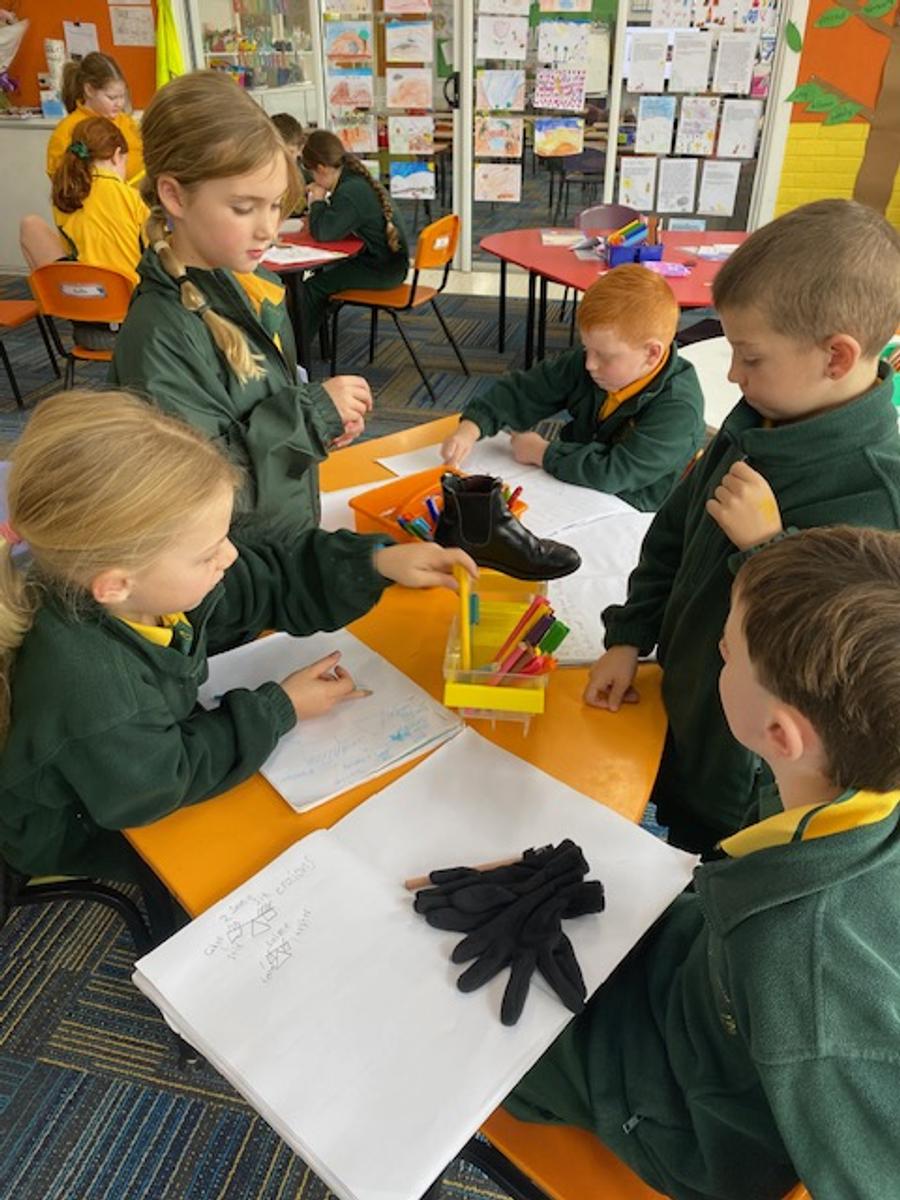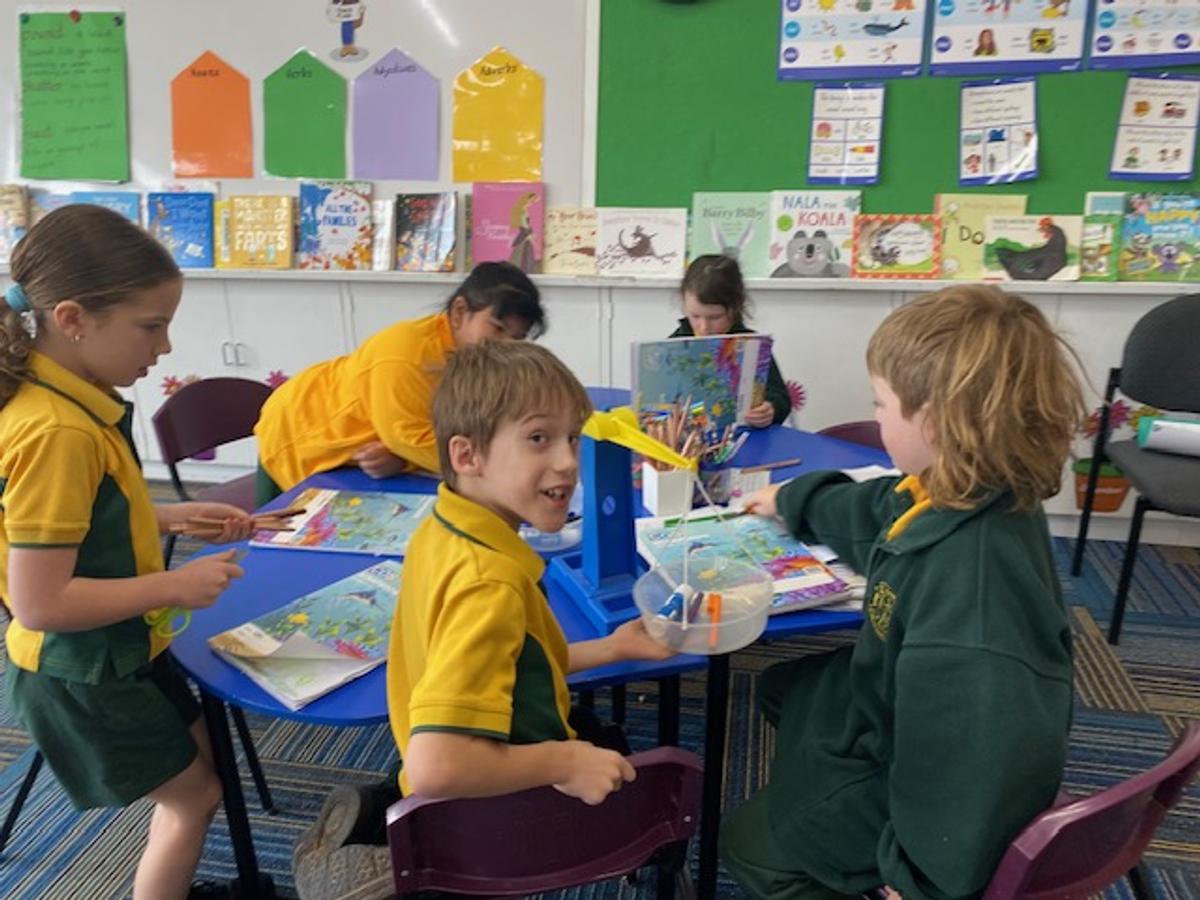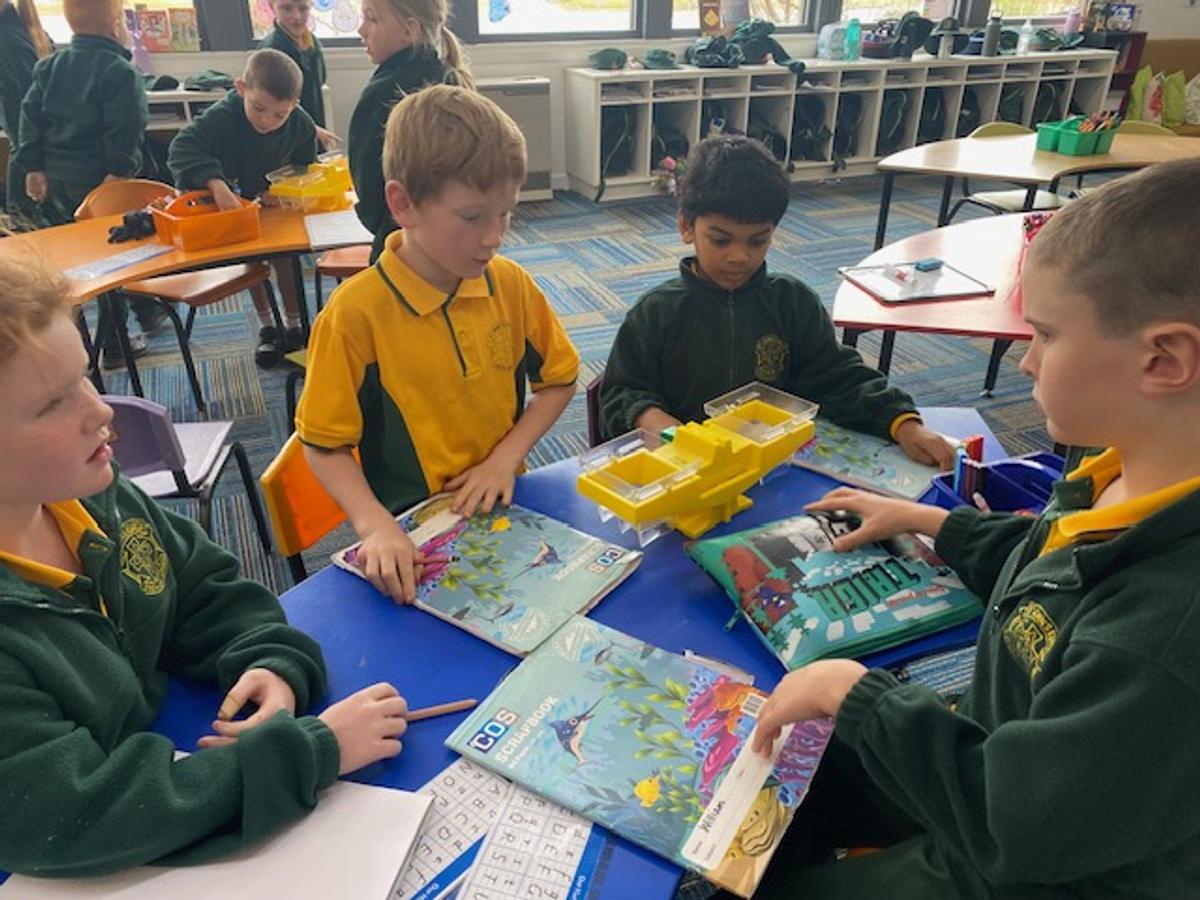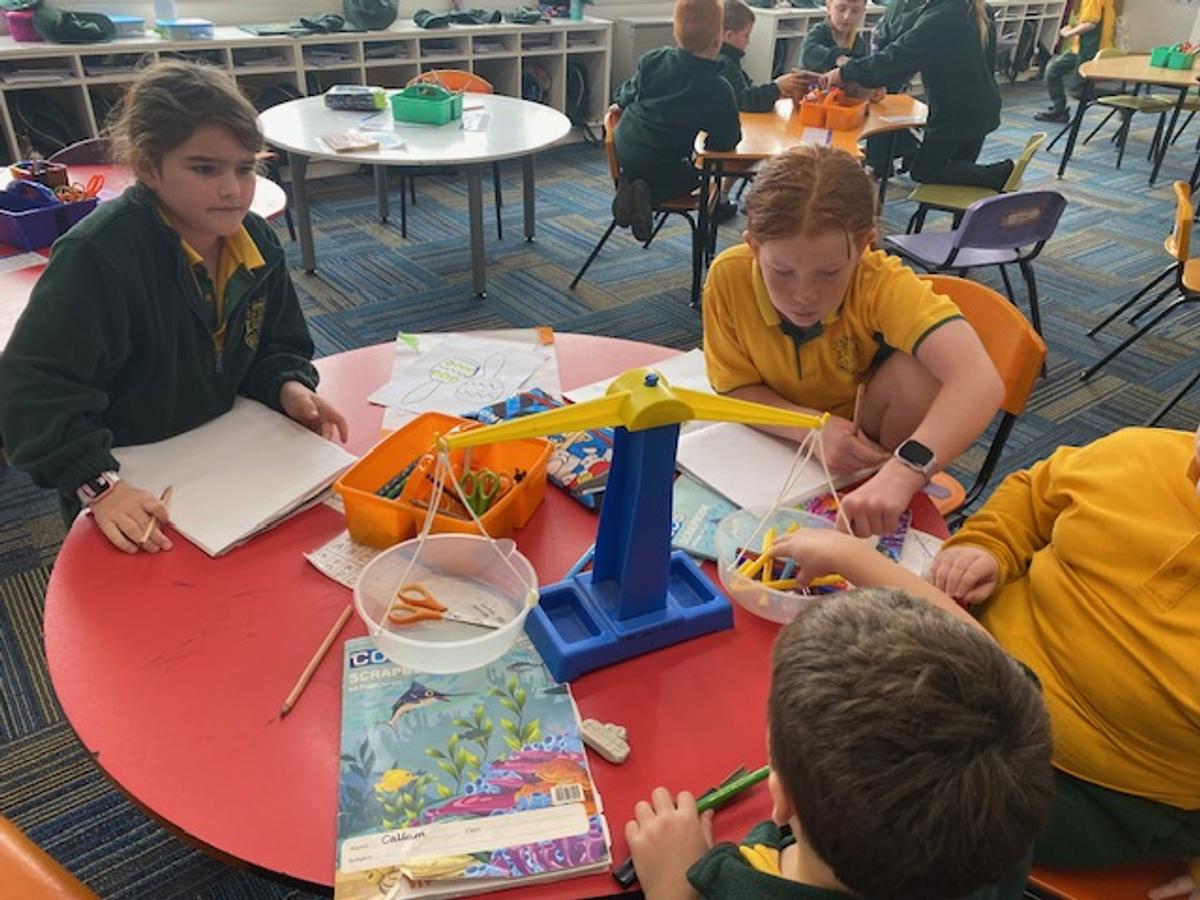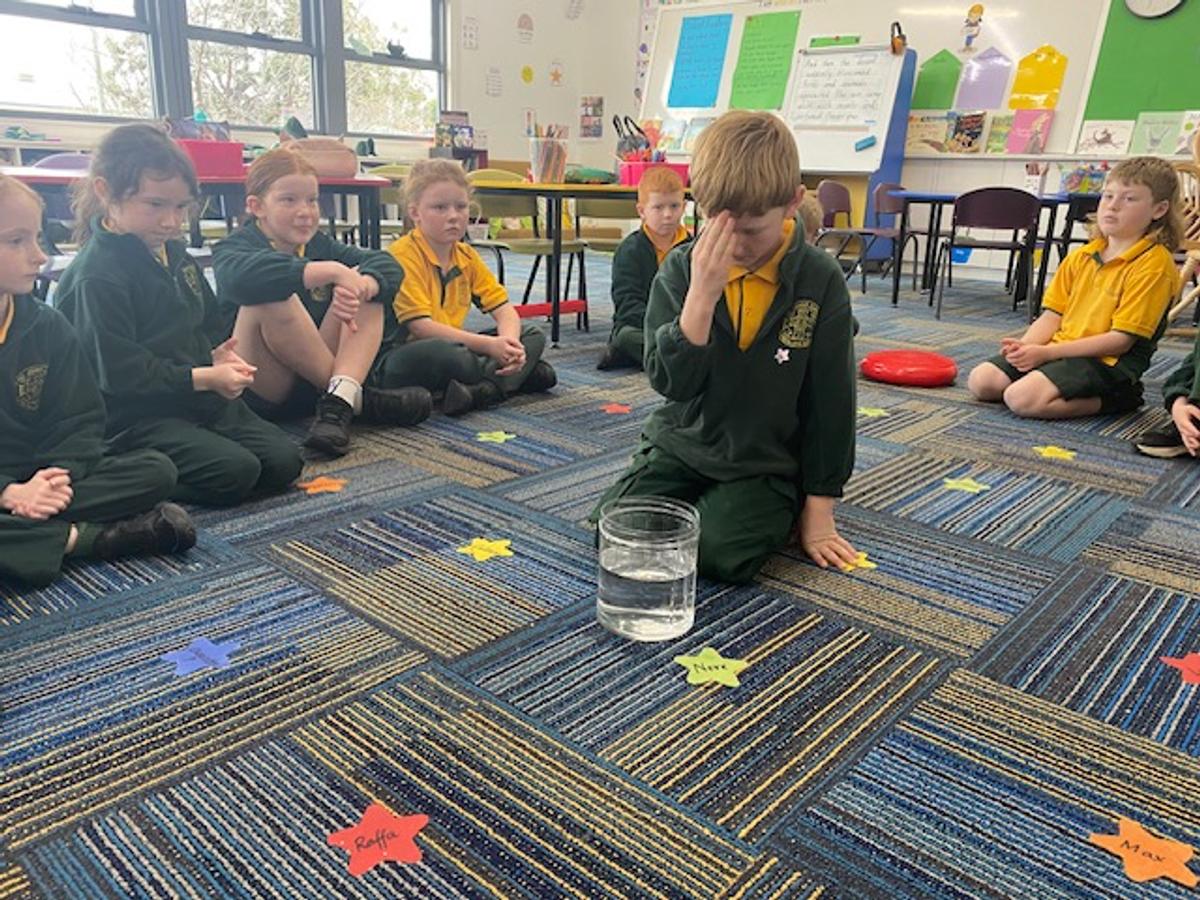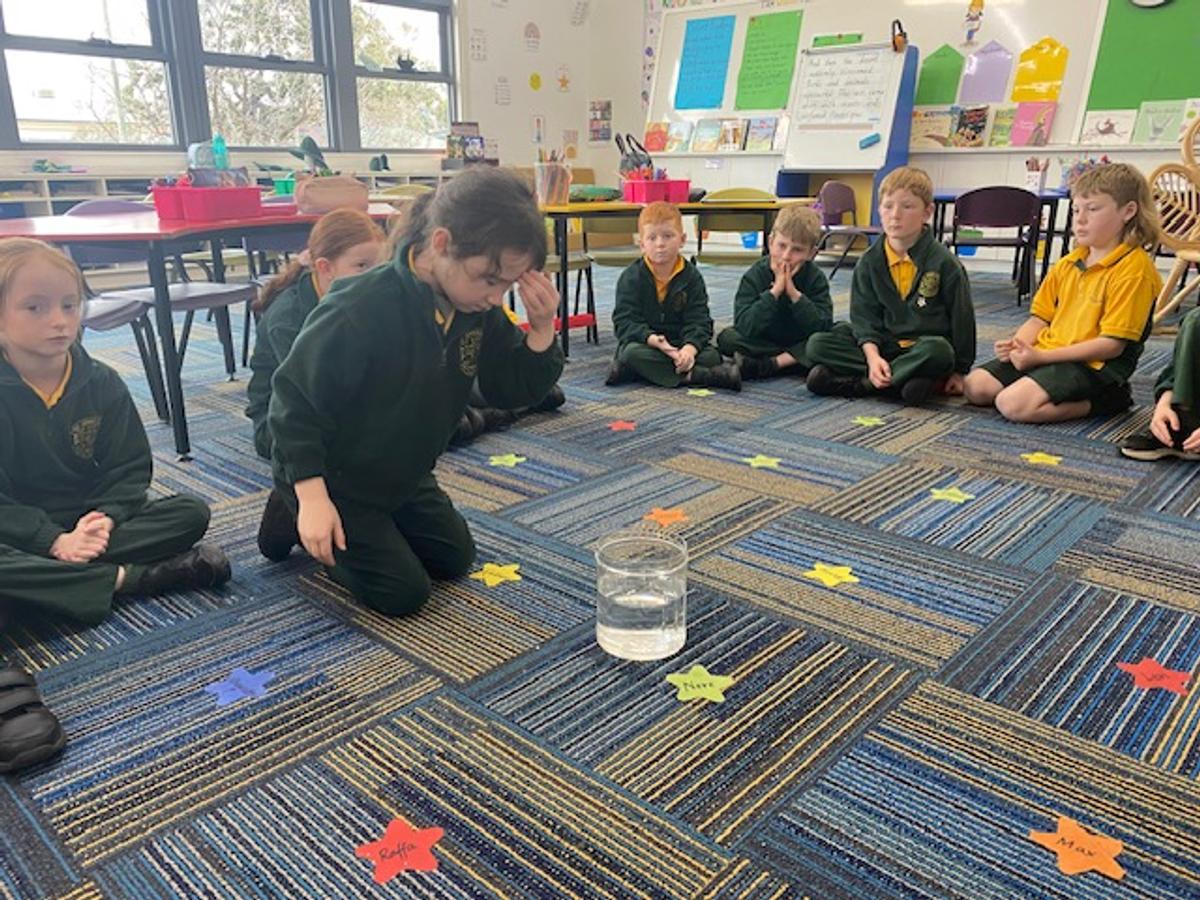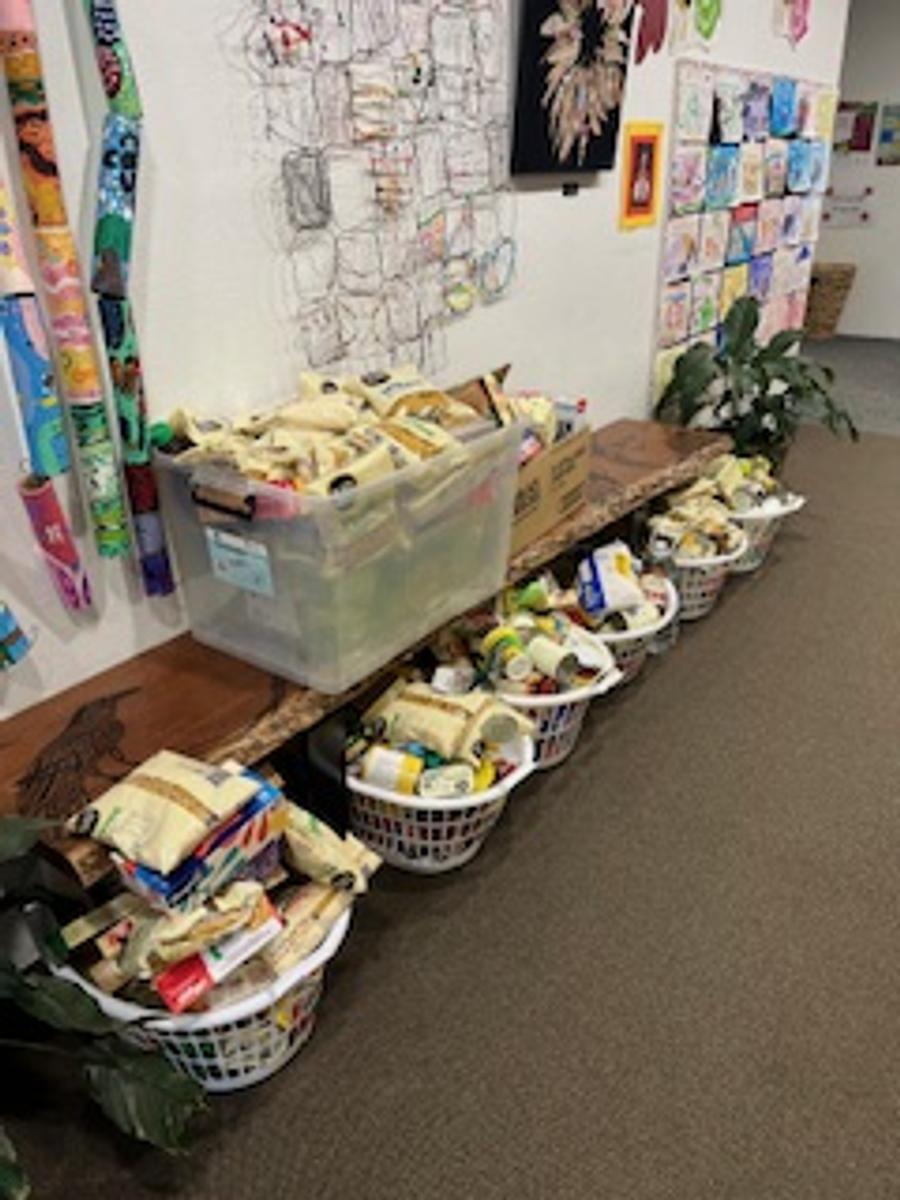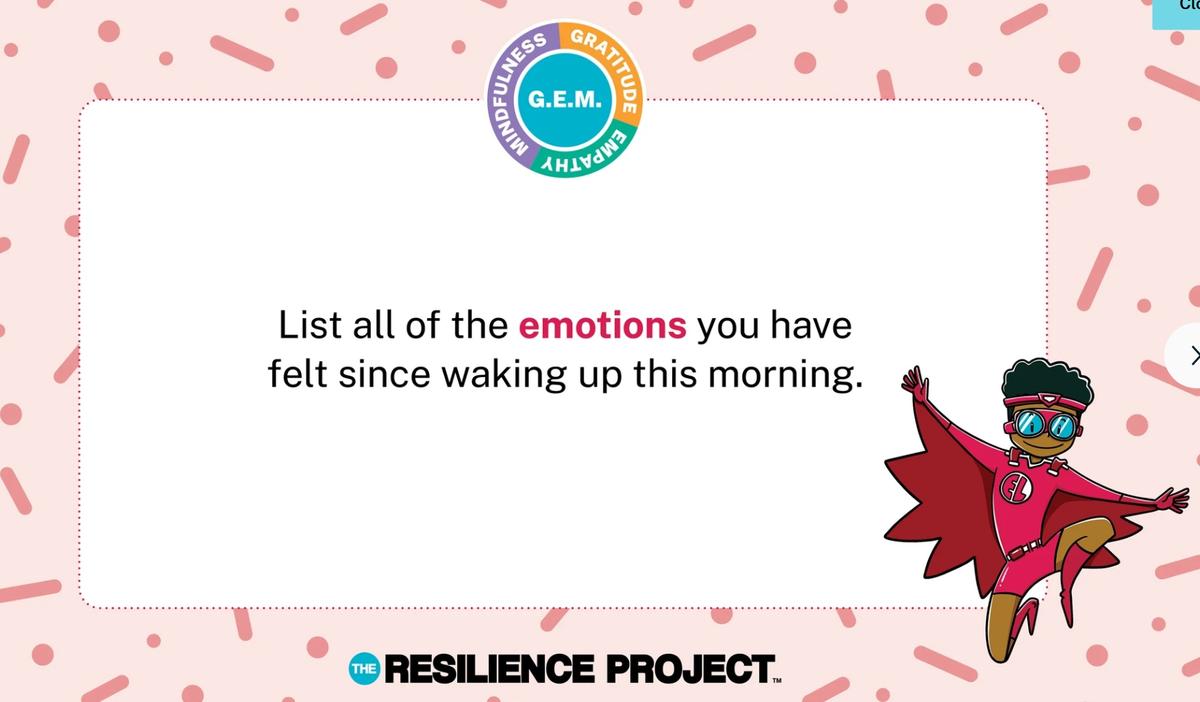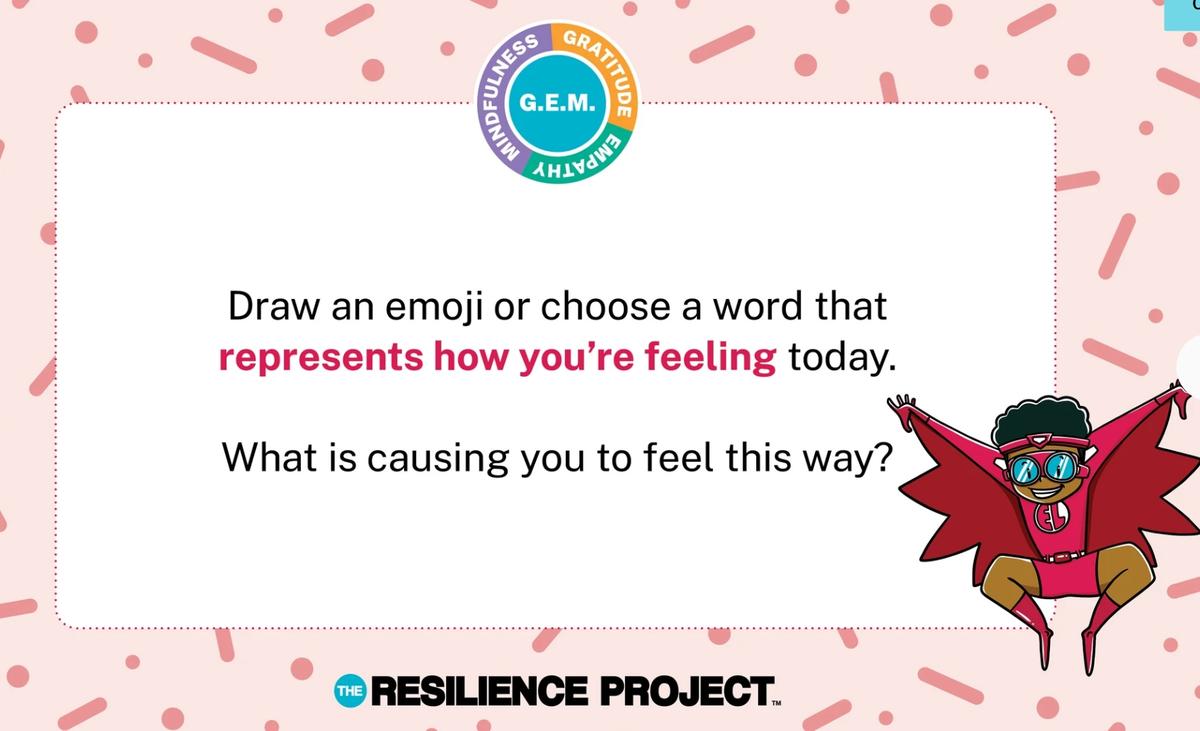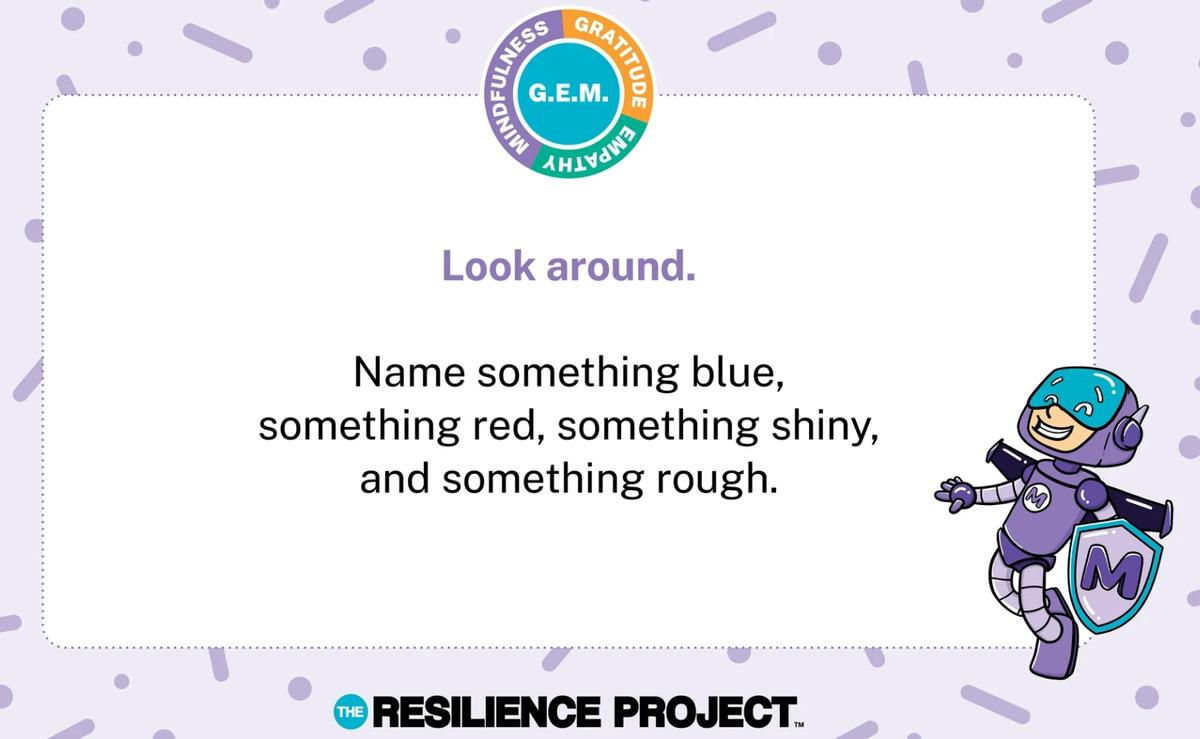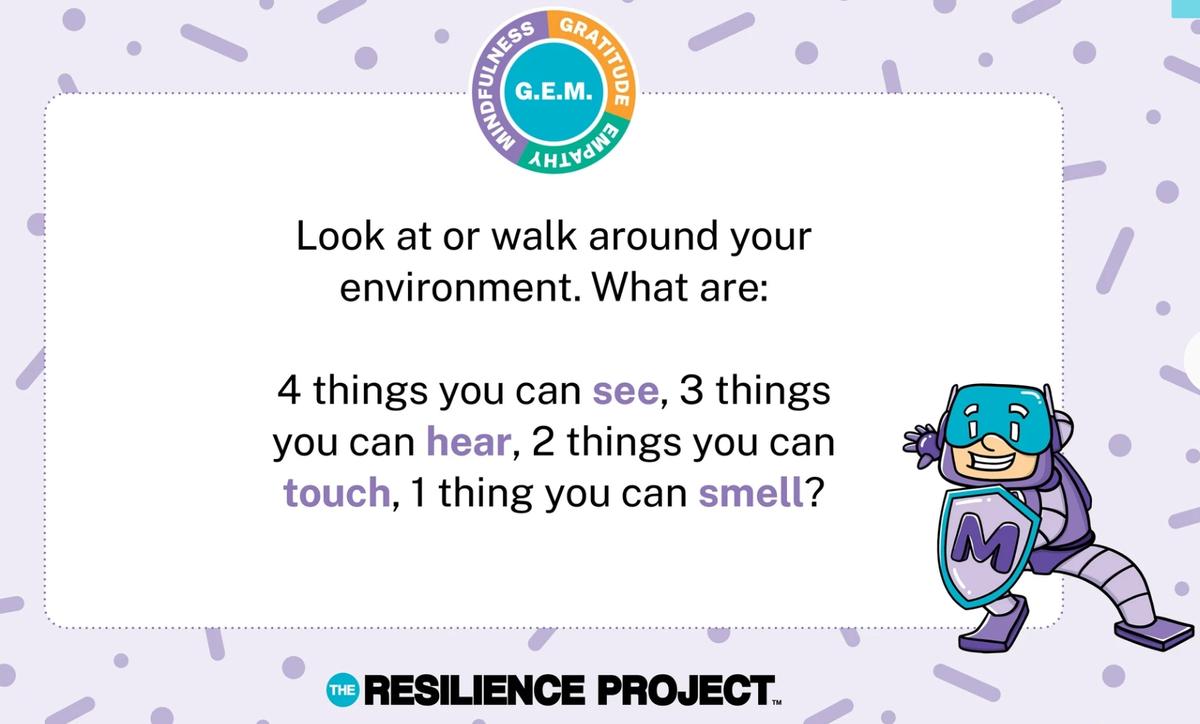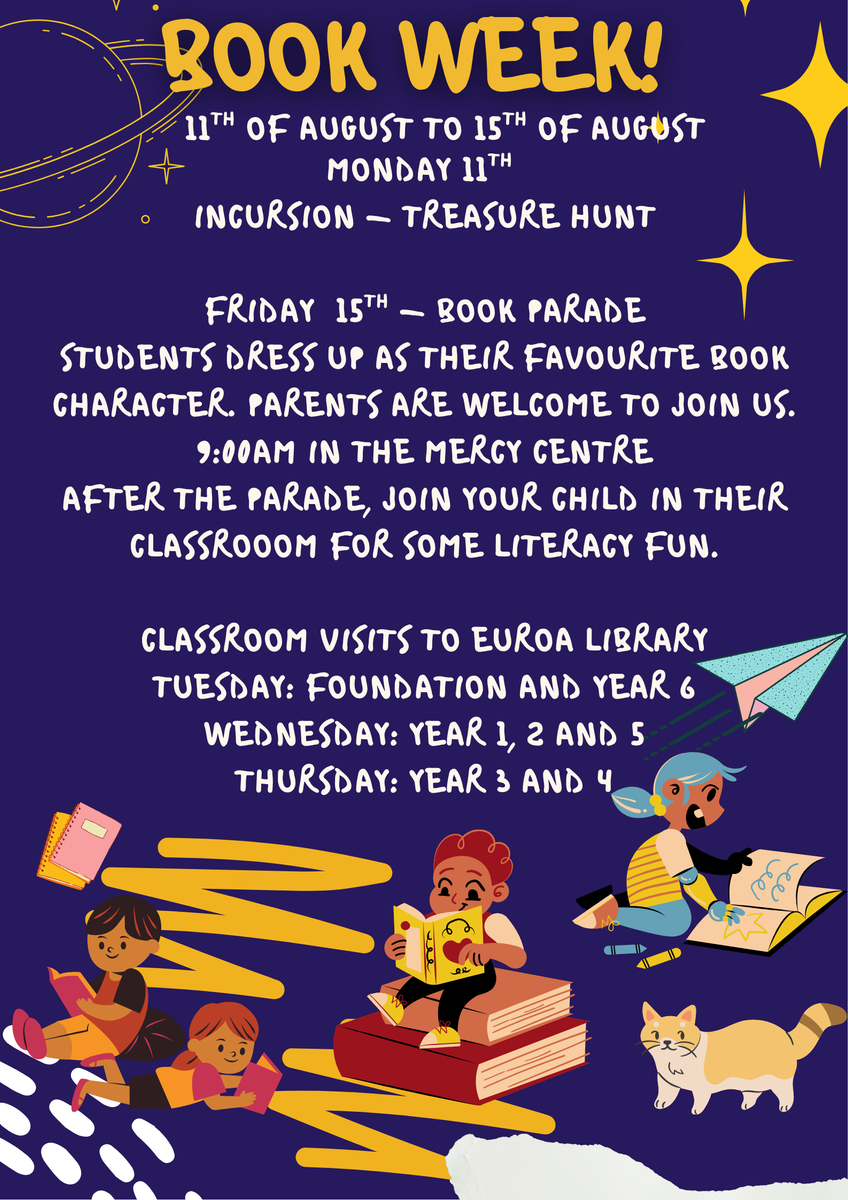Year 2

Welcome to Week 10
Wow! We are almost through another term. The students have learnt so much and we are doing so well with our classroom and schoolyard routines. Our classroom is a calm, quiet and orderly space to learn. The children come in so happy each day and are the best they can be in their learning.
As it is nearing the holidays, I take this opportunity to thank you for the support from home around your child's behaviour and learning.
Special Announcement
I will be taking a period of Long Service Leave for all of Term Three. Mr Jake Penman will be teaching in Year 2 in my place for the duration of Term 3, and I will return to the role for Term Four. Jake has been visiting our classroom over a number of weeks, getting to know the students, and is looking forward to being in Year 2. Please make him feel welcome and pop in from time to time to introduce yourselves.
You will have an opportunity to meet Jake at the Parent Teacher Interviews, early in Term Three.
InitiaLit
Our recent Story book are: Turtles Song by Kim Michelle Toft & Alan Brown, The Story of Rosy Dock by Jeannie Baker and Under the Southern Cross by Frane Lessac. We read each book over a two- week cycle and explore the vocabulary, themes, purpose, and delve into the books with eagle eyes.
Turtles Song- This was our book for week 6&7
The book follows the life cycle of the sea turtle, from hatchling to elderly ocean veteran, and author Brown takes us on a harrowing journey as our turtle navigates the perilous sea – from the fraught trip of the hatchling across the gull-swooping, crab crunching sand, to the terrifying travails of shark and fish avoidance in the surf – it’s a wonder a single turtle makes it to open water, let alone old age!
The Story of Rosy Dock - Weeks 8&9
The Story of Rosy Dock is a story about an elderly woman who ventures out into the central Australian desert to set up her home. She tries to recreate the beauty of the home she has left but does not realize the beauty that is already there. The story is also about the settlers who came to the desert from Europe and planted seeds from the other side of the world. The story follows one of the settlers and her garden in the wilderness, which is beautiful but with an unexpected flowering.
In our writing, we were learning to visualise and created our favourite scenes from the story. Some children chose to demonstrate the vast deserts of Australia, while others chose to draw 'Rosy Dock', a plant that spread like wildfire after the floods.
Under the Southern Cross - Weeks 10&11
After nightfall in Australia, families watch movies as bats flit overhead, mysterious orbs of light bounce across the outback, a staircase to the moon appears reflected at the ocean’s edge, and a Ferris wheel offers a citywide view — all under the Southern Cross. Bright and colorful artwork, fascinating natural phenomena, and shared experiences connect people across the country in Frané Lessac’s fascinating tour of Australia at night.
We will report back next term on our learning in this book!
It is a very fitting story as The Timperley's embark on their journey across wide open deserts, red dirt, through wildflowers, all under the Southern Cross.
Grammar
Our grammar lessons have had a focus on adjectives, verbs and Adverbs. And will round out the term learning about Prepositions (in, on, under, up, with, between)
Spelling
Please see the picture below of the phonemes and spelling patterns that we have covered and continue to work through over the term. Spelling takes up a significant amount of our InitiaLit lessons over the week and we work on our tricky words and practise the spelling patterns each day. We are about to complete lesson 47 which will end the term. Week 11 will be an opportunity to revisit any sounds that may need a little more revising.
If you are able to throw in an extra practise at home, please look at the previous week's 'tricky words' as these are often the most incorrectly spelt in the students' writing.
Numeracy
Below is the Scope and Sequence document from Ochre Education. As we have taken things a little slower, we are working through the Measurement unit of mass and capacity. Next week will be an opportunity to revisit any concepts that need a little more practise!
We have been busy learning how to use balance scales. Here are some of our discoveries:
"Jack's shoe is heavier than Maggie's shoe"
"A pair of scissors weighs the same as 12 textas"
"Max's shoe has more mass than a rubber"
"The sharpener has less mass than a shoe"
Religion
Our current unit is The Sacrament of Baptism.
Baptism is the first of the Church’s sacraments. It welcomes us into a Christian community and incorporates us into the Church. Through Baptism, we are ‘reborn’ as daughters and sons of God. In the Sacrament of Baptism, water is poured on the child (or adult) and the priest says the words “I baptise you in the name of the Father, and of the Son, and of the Holy Spirit”.
There are four key symbols of Baptism:
- Water is the central symbol of Baptism. Because water is essential to all life, the water of Baptism symbolises the life-giving grace that sustains all those who have become children of God.
- Oil is used twice in the ceremony. Before the Baptism, the child’s chest is smeared with the Oil of Catechumens as a sign of healing and strengthening. Afterwards, the crown of the child’s head is anointed with perfumed chrism as a symbol of joy and thanksgiving, and a sign that as they are now joined to Christ, they too are priest, prophet and royal.
- The white garment with which the newly baptised is then clothed symbolises their new life in Christ and is ‘the outward sign of Christian dignity’.
- A baptismal candle is lit from the paschal candle beside the font and presented to the newly baptised as a sign of the light of Christ.
After learning about the Holy Water, we held a special prayer liturgy to ask for God's blessings upon us and felt the Holy Water by making the Sign of The Cross on ourselves.
A special thank you for the donation of money, so the students could choose something from Burton's for those less fortunate than us. St. Vincent de Paul volunteer members were very grateful for the supplies that top up their pantry and support our most vulnerable community members. THANKS!
Inquiry Learning
This Term we focus on Geography as our Humanities unit of work. Students use geographical tools (atlas, globe, map or a digital application such as Google Earth) to locate and name the continents, oceans, Equator, North and South Poles, Northern and Southern Hemispheres. They describe Australia’s location in relation to the world. Through interactive slides and hands on activities, students learn about the world and how we, as Euroans are just a tiny part of a very vast land mass. The subject specific vocabulary student are exposed to, opens up a much bigger understanding of our planet.
Choose a few to ask your child at home, what they have learnt about so far!
- Africa
- Antarctica
- Arctic
- Asia
- Atlantic
- Australia
- continent
- country
- direction
- Equator
- Europe
- globe
- hemisphere
- Indian
- map
- north
- North America
- North Pole
- ocean
- Pacific
- south
- South America
- South Pole
- Southern
- suburb
- world
The Resilience Project - GEM chats
Make sure to have a GEM chat with your child. Get out over the holidays and talk about what you are grateful for! Be mindful at bedtime (put the devices away), and teach empathy. They learn from the big people!
BOOK WEEK UPDATE
Have a safe and restful holiday period.
Until next time,
Rachel, Fiona and Lisa.
